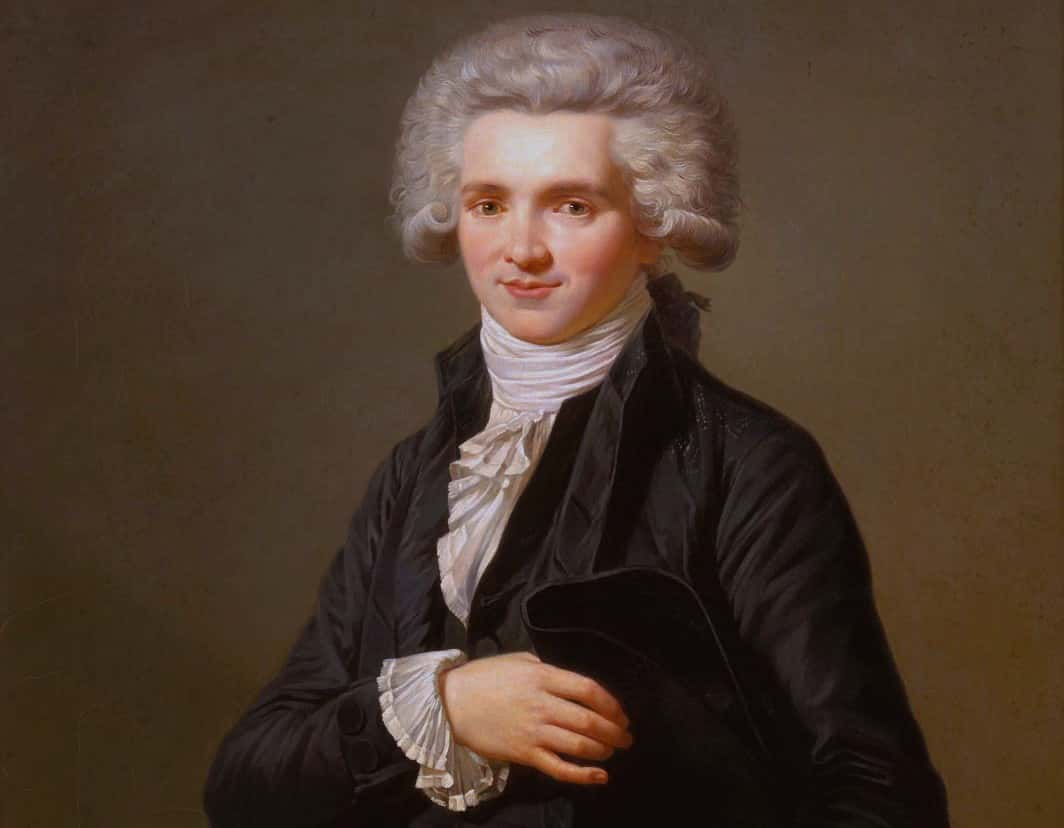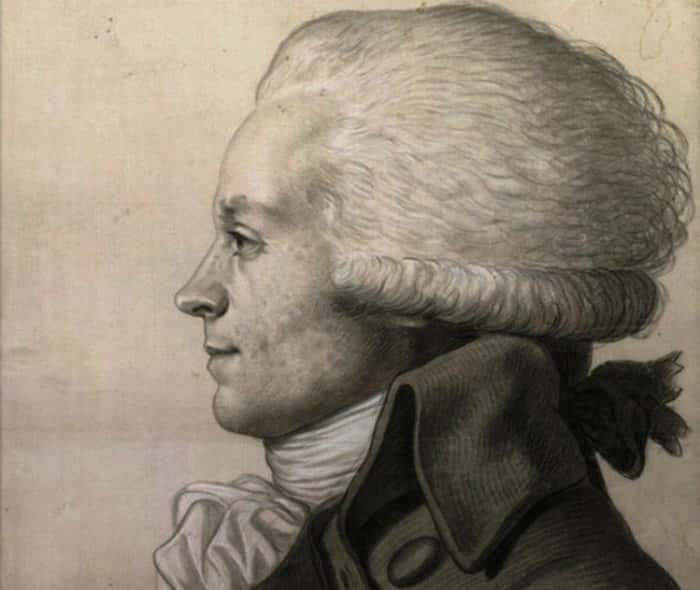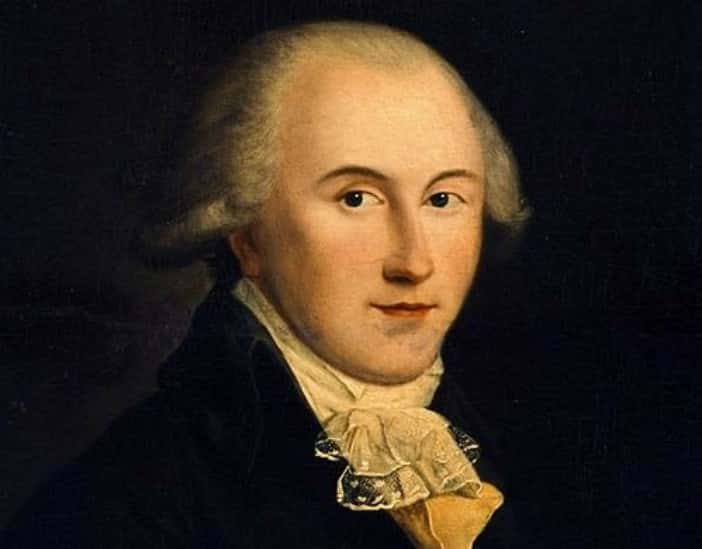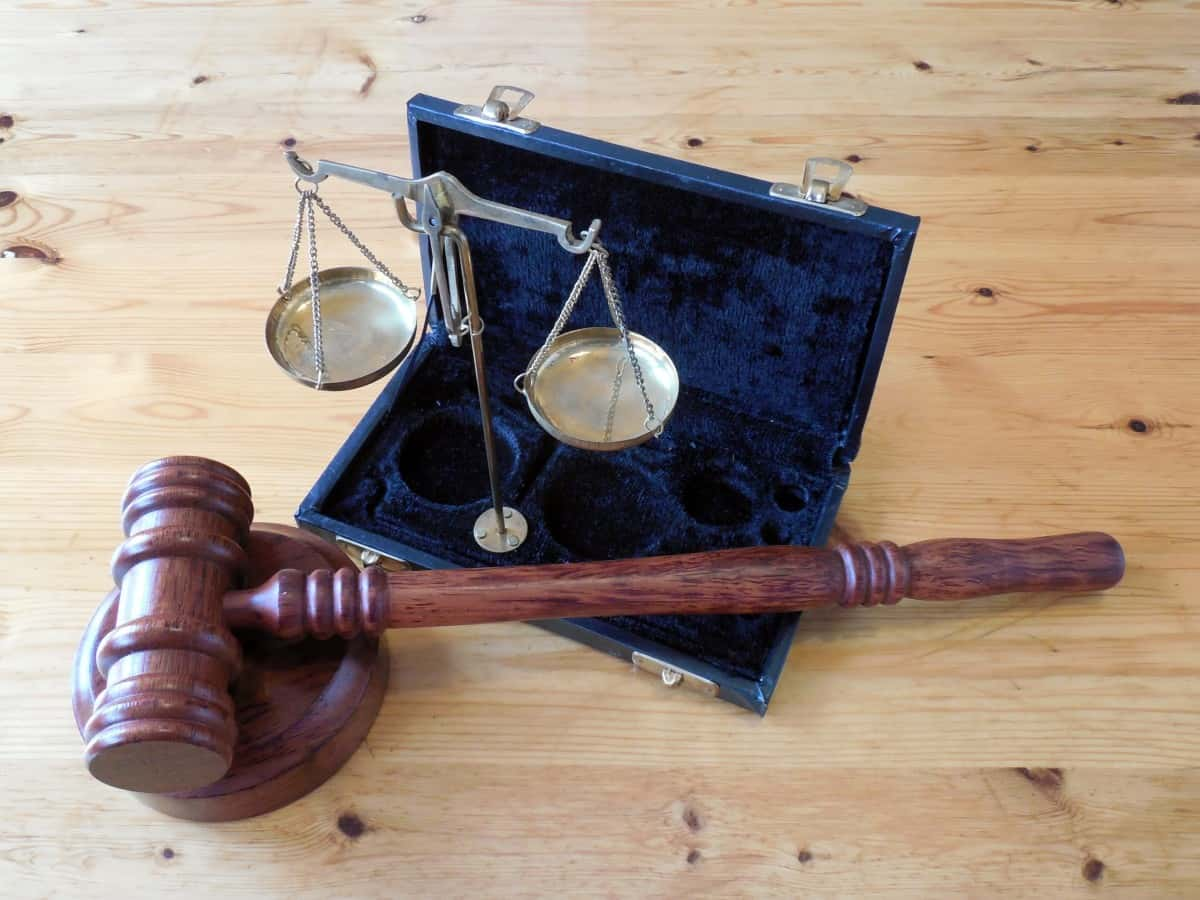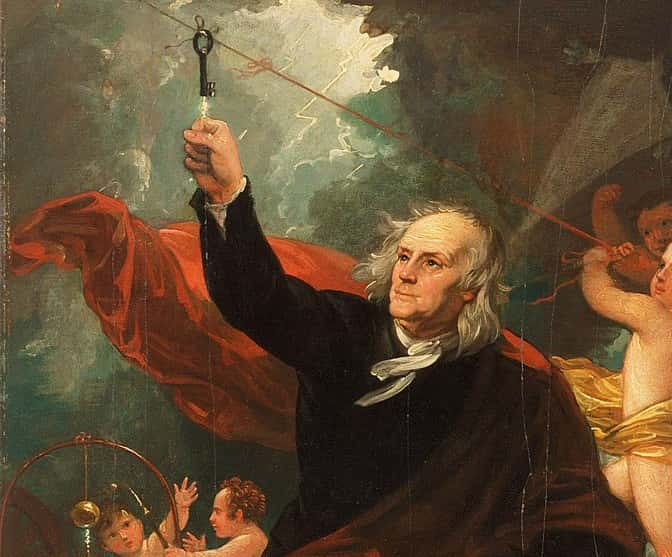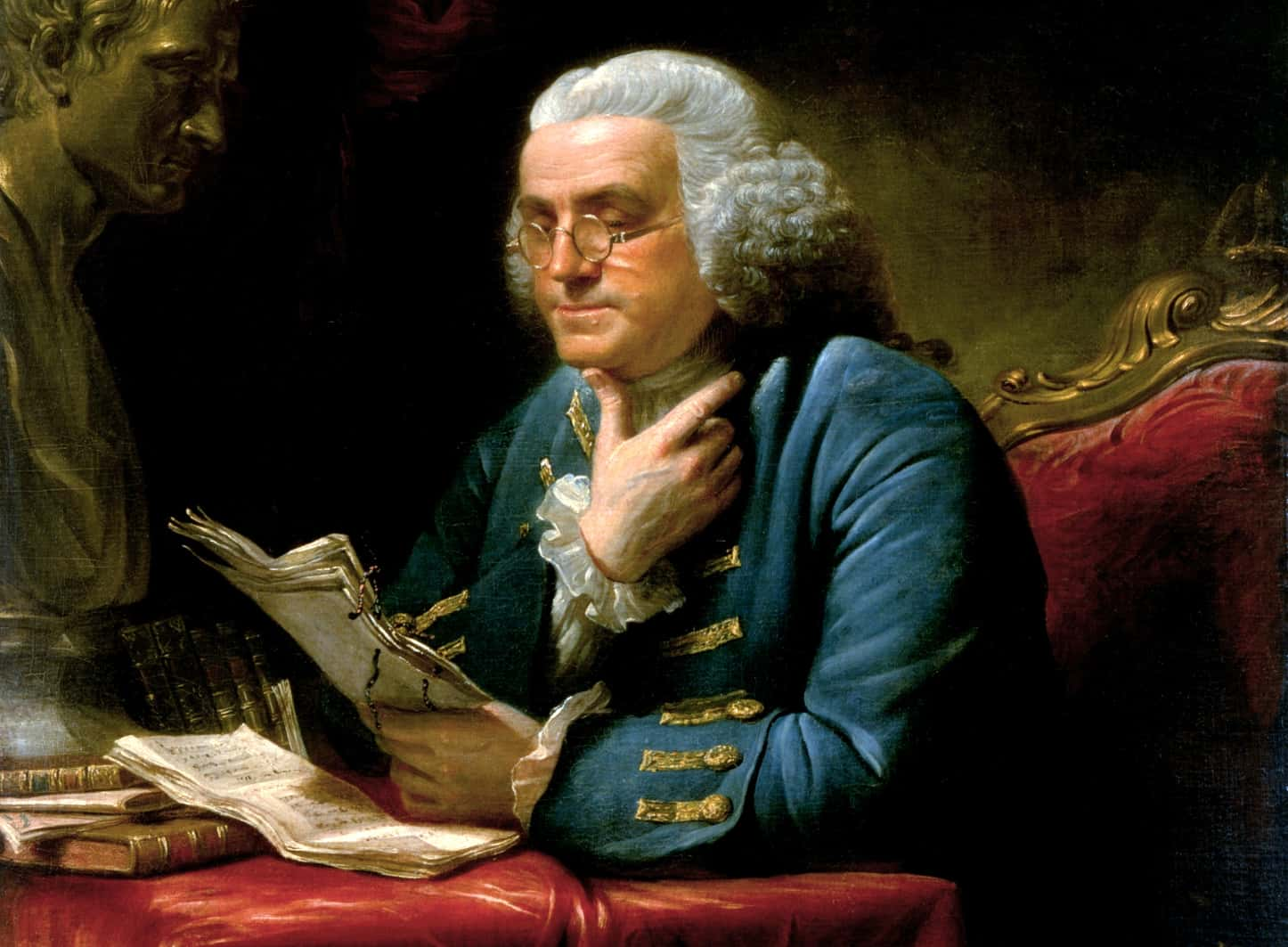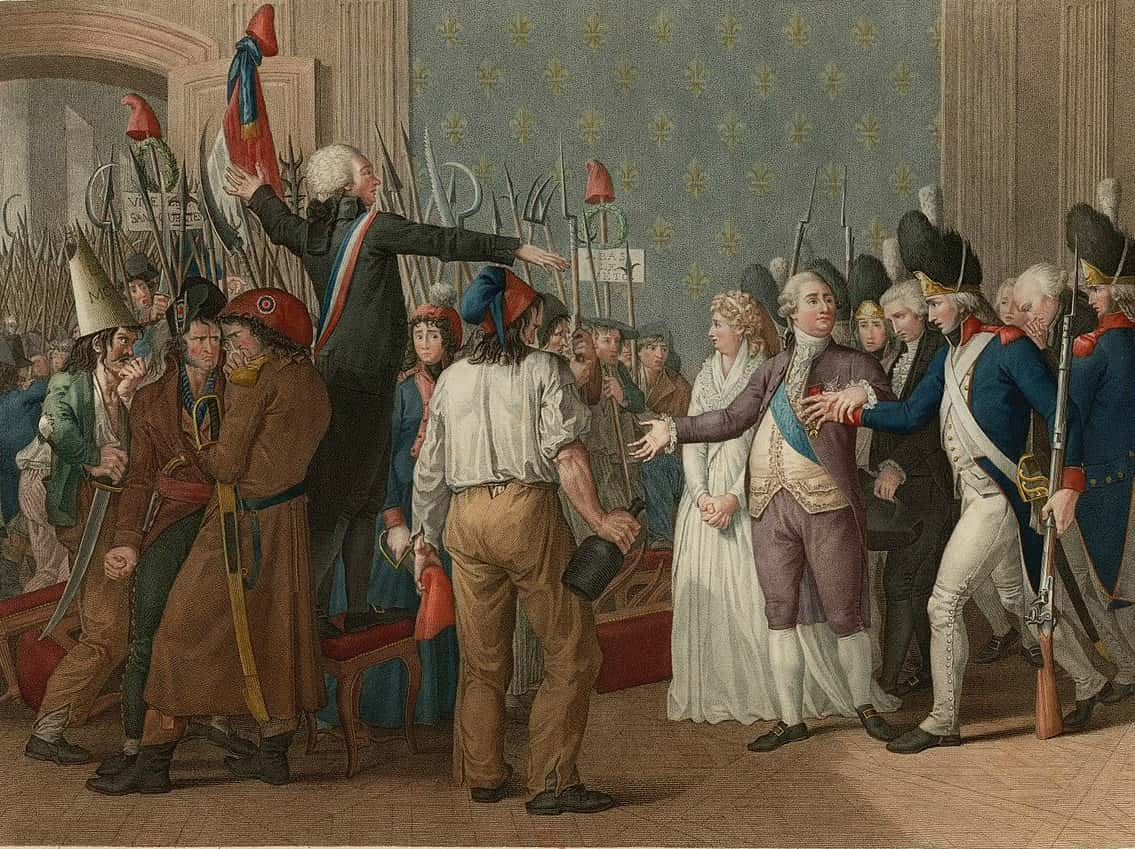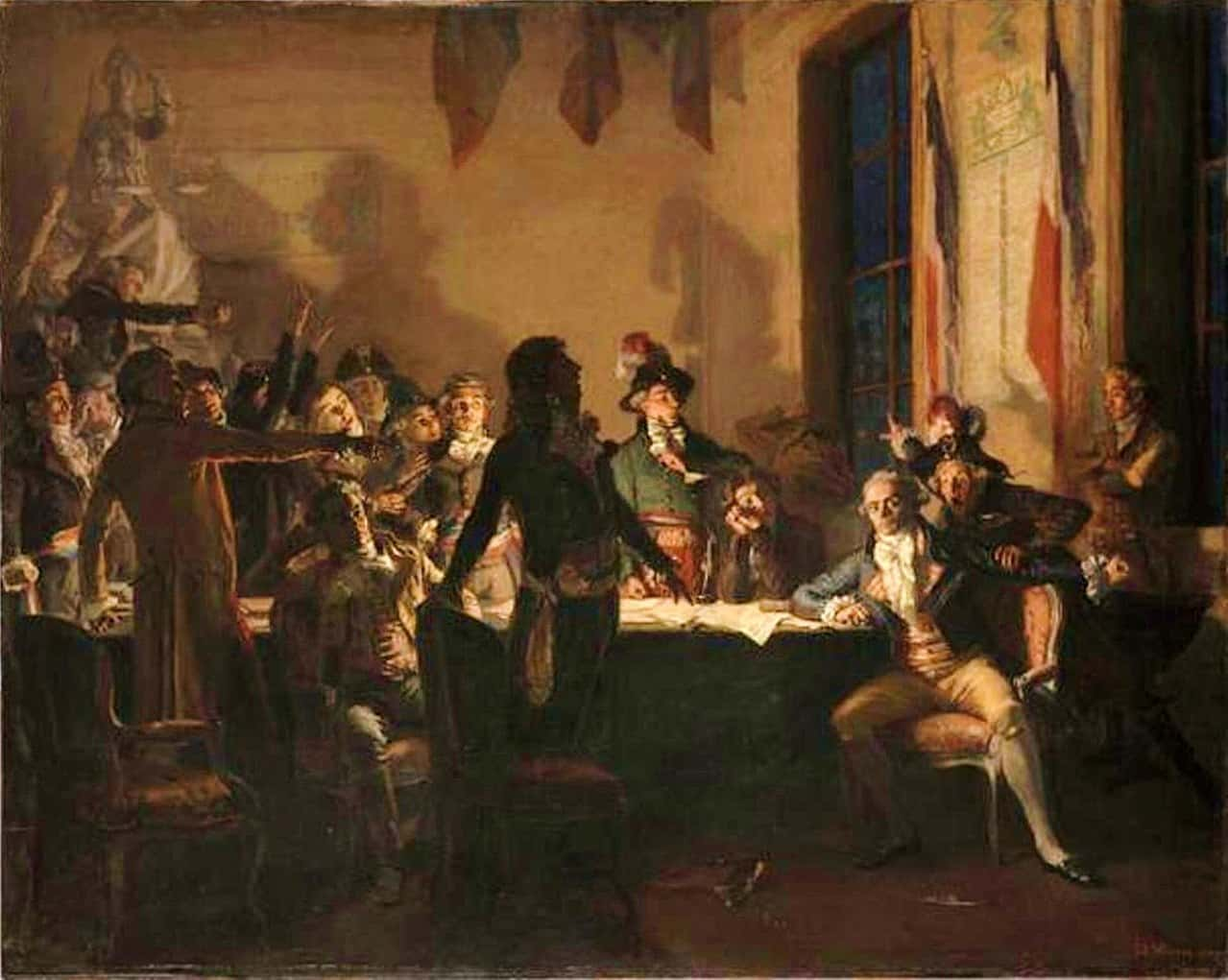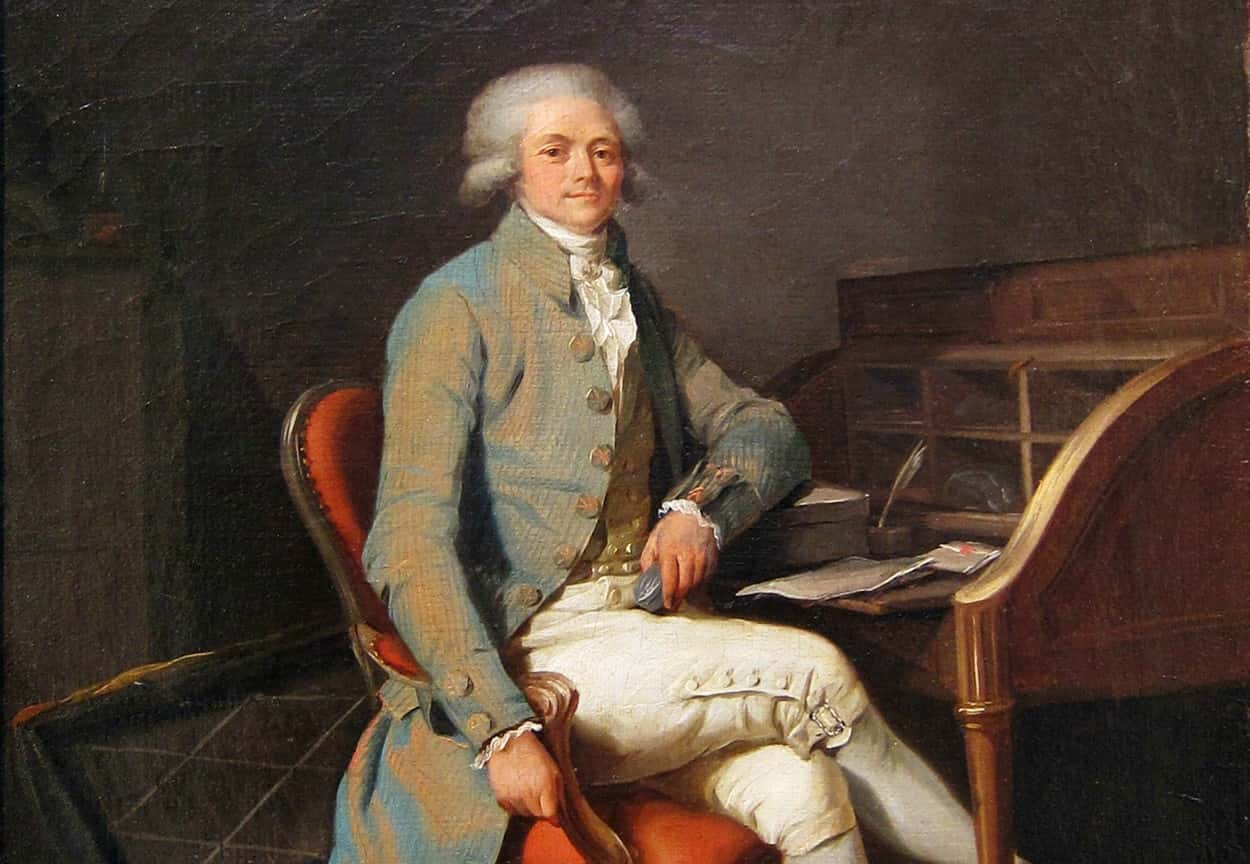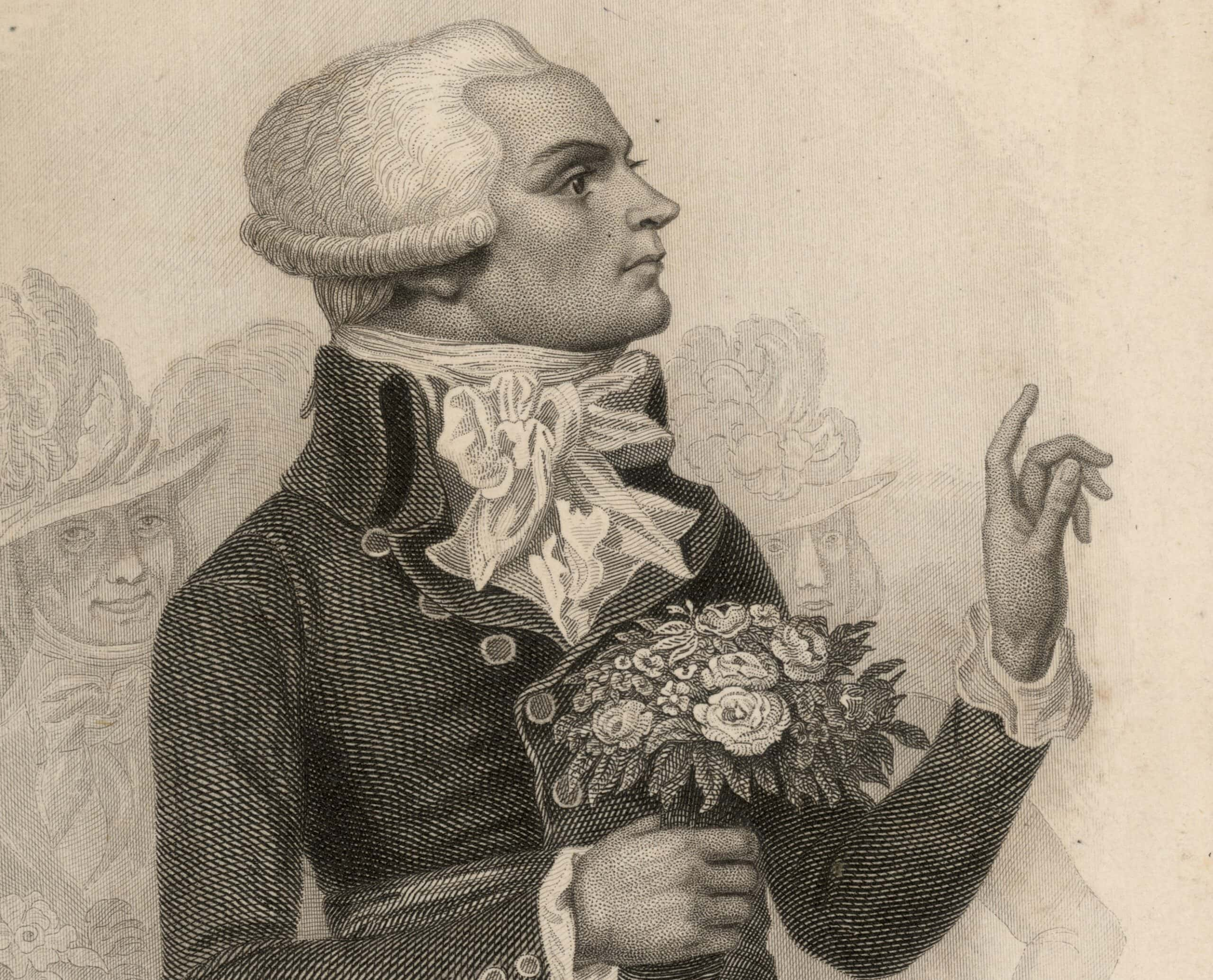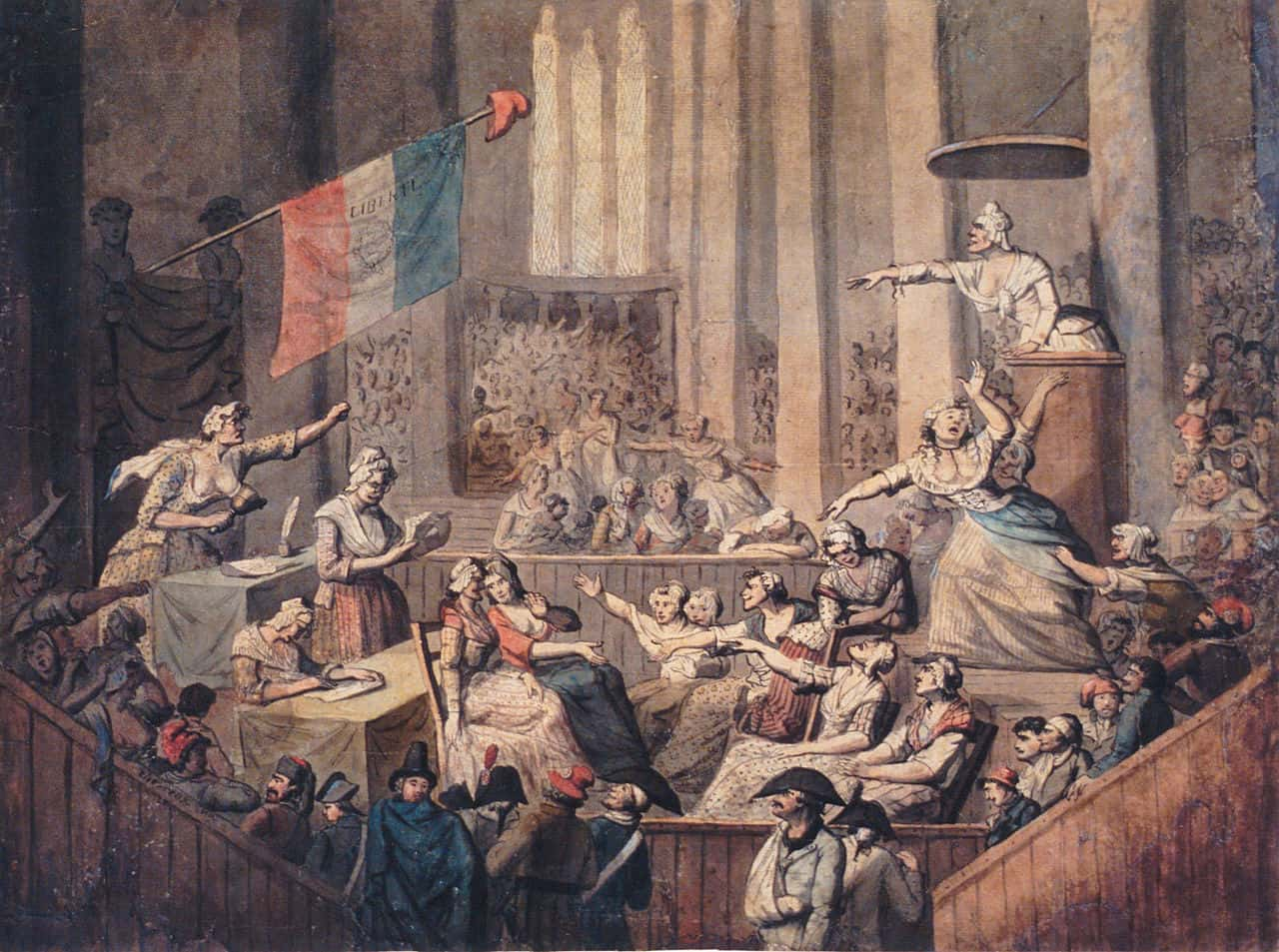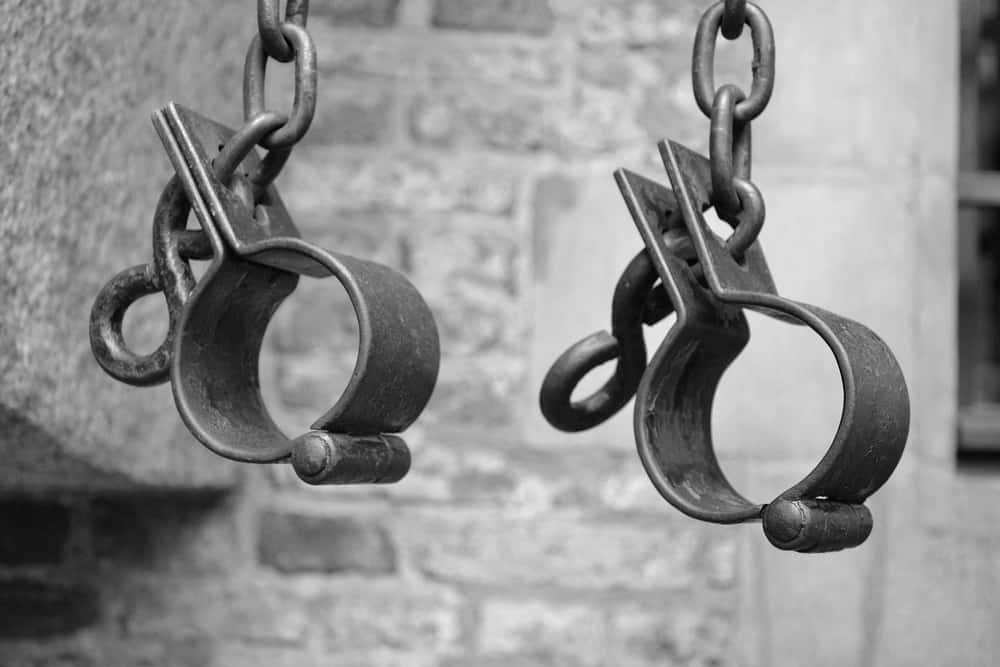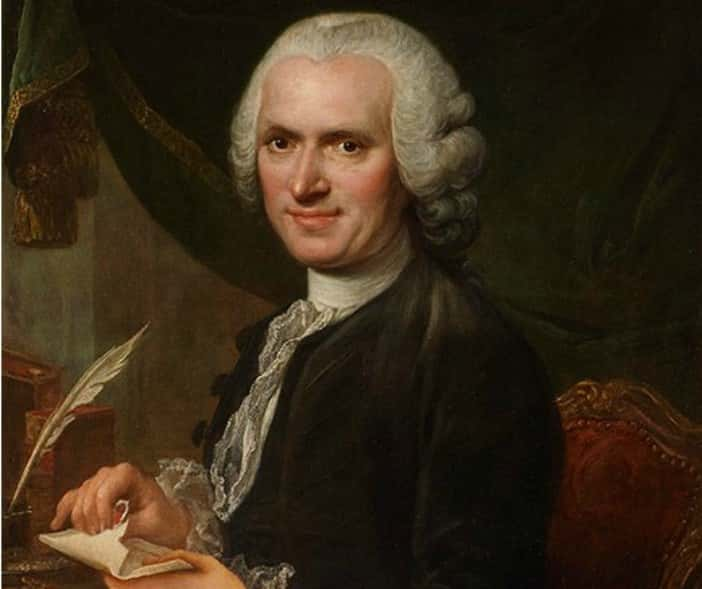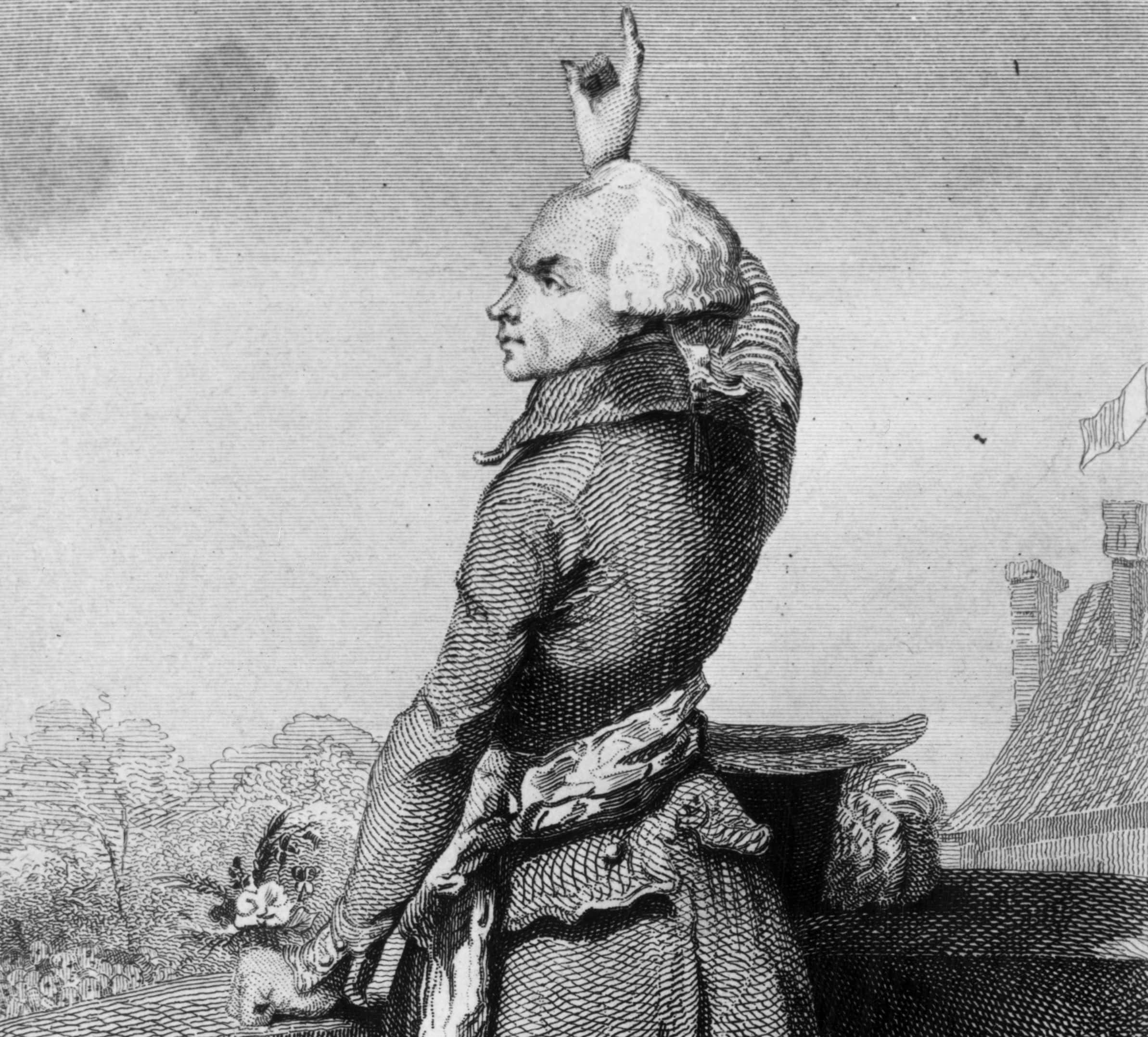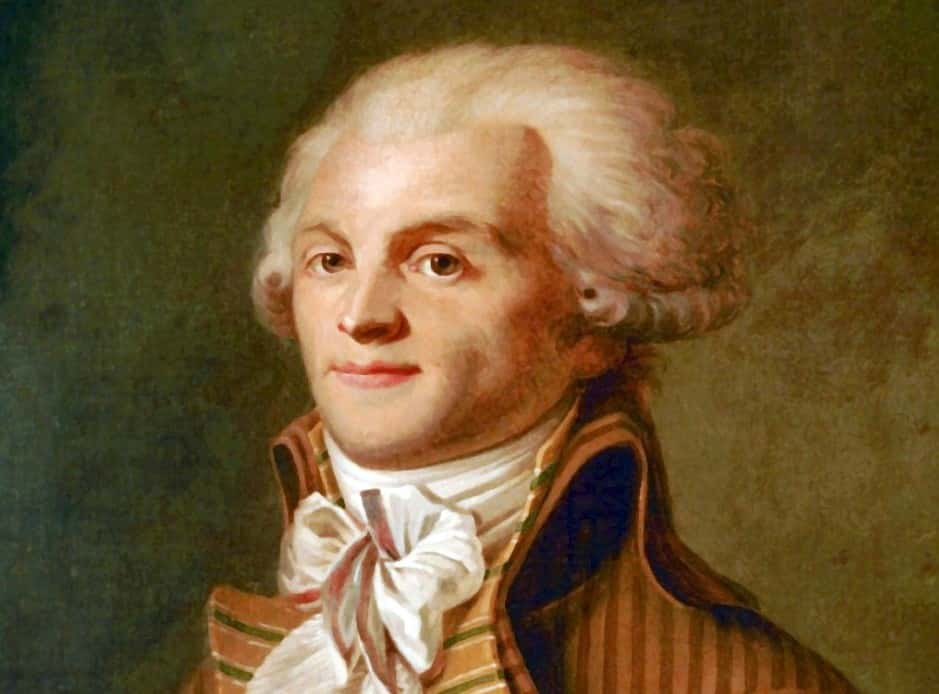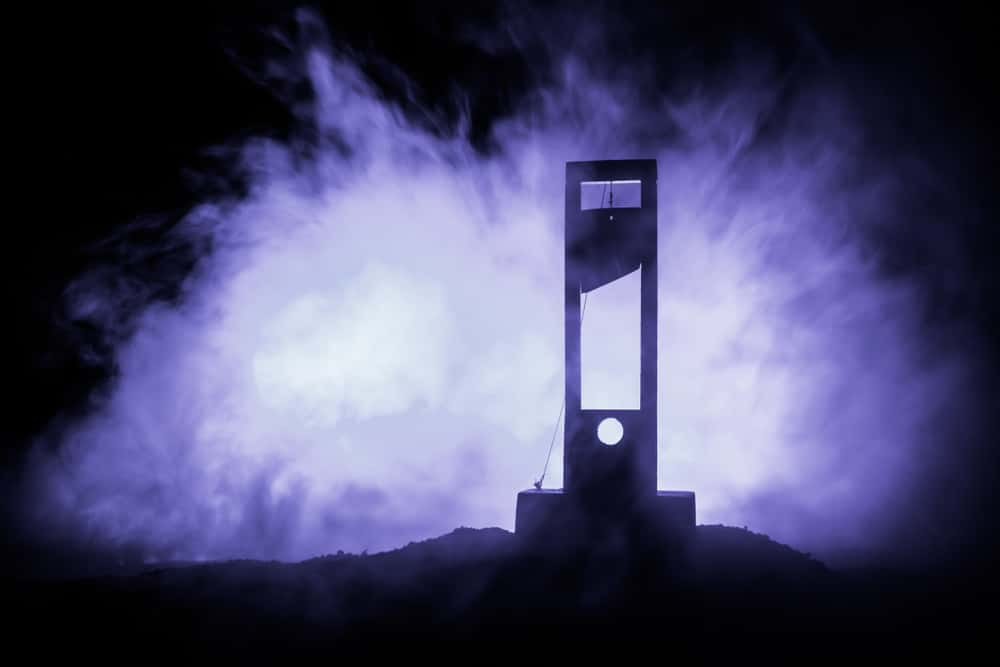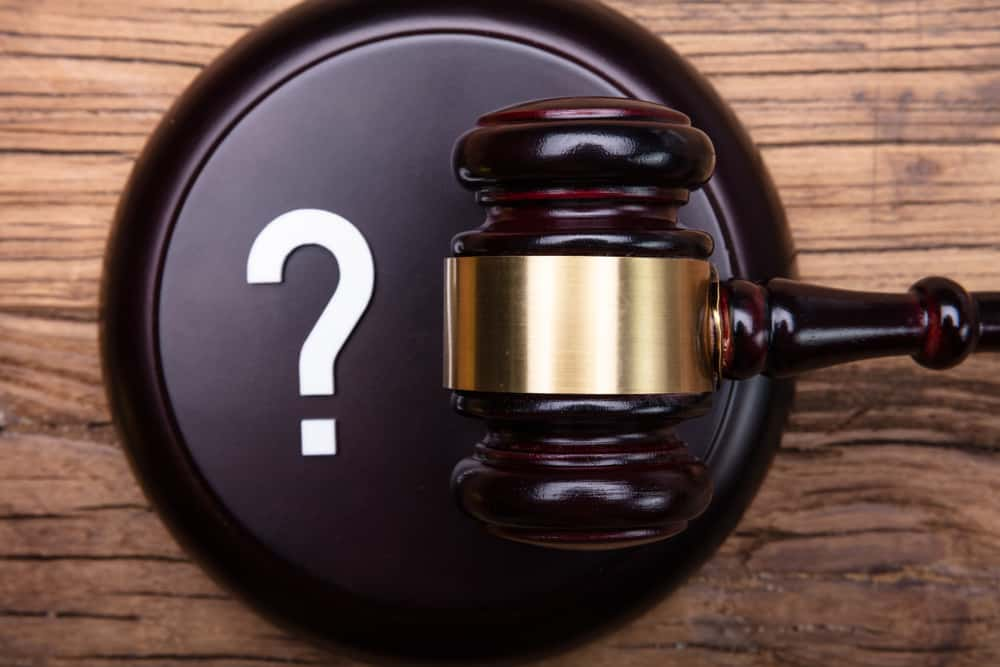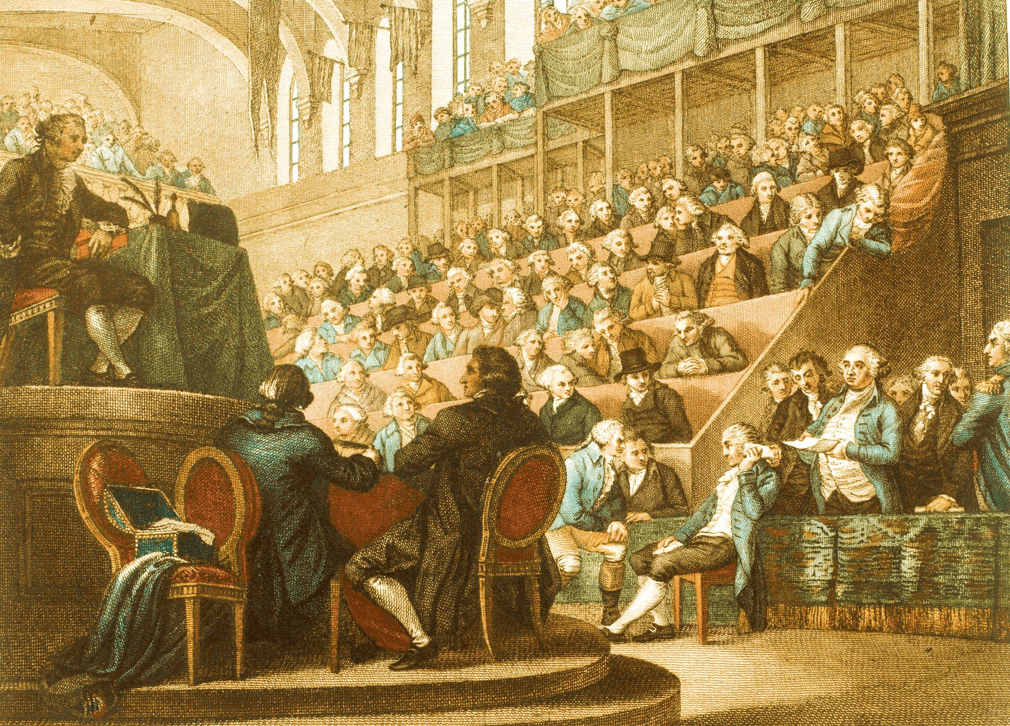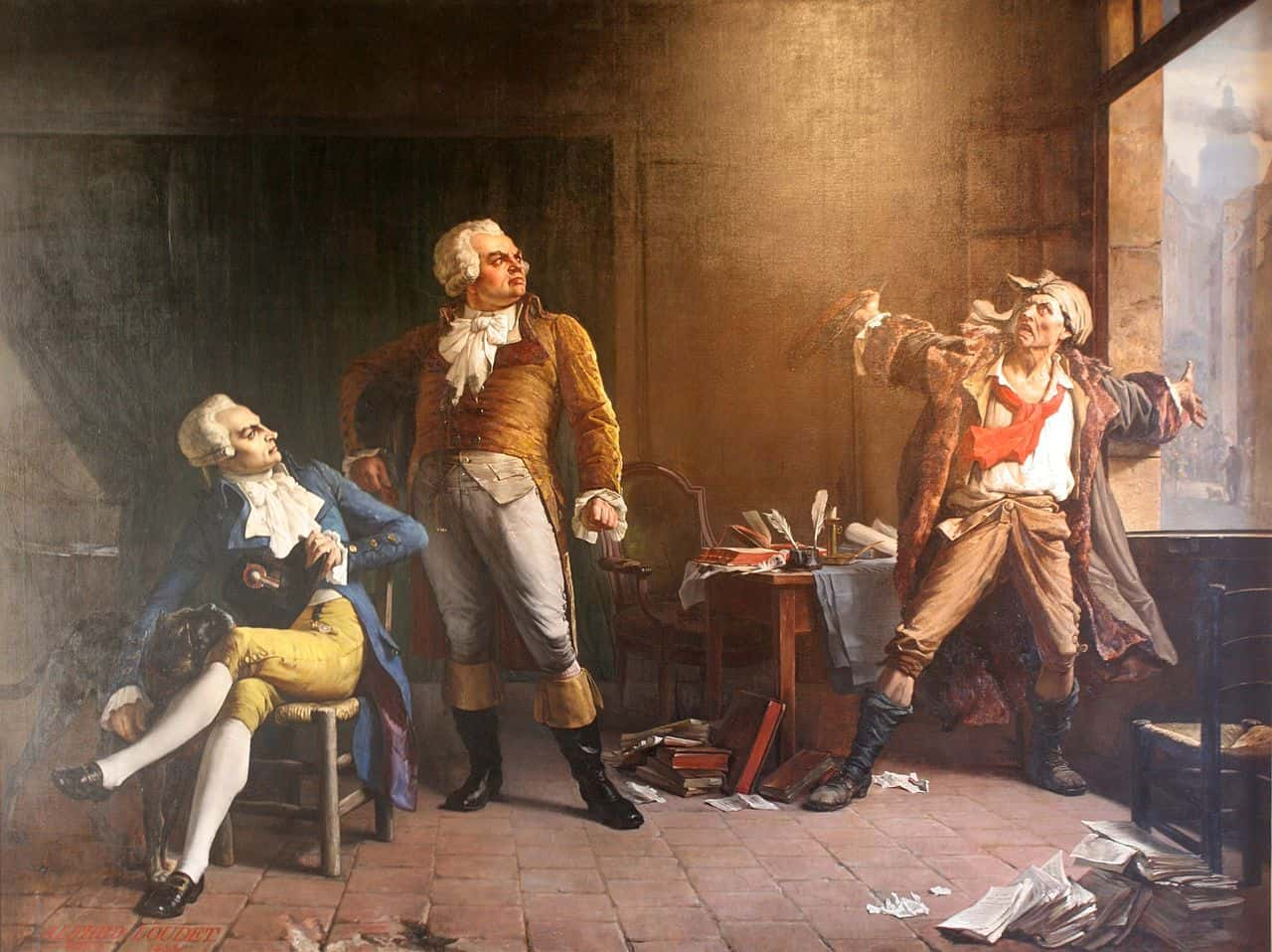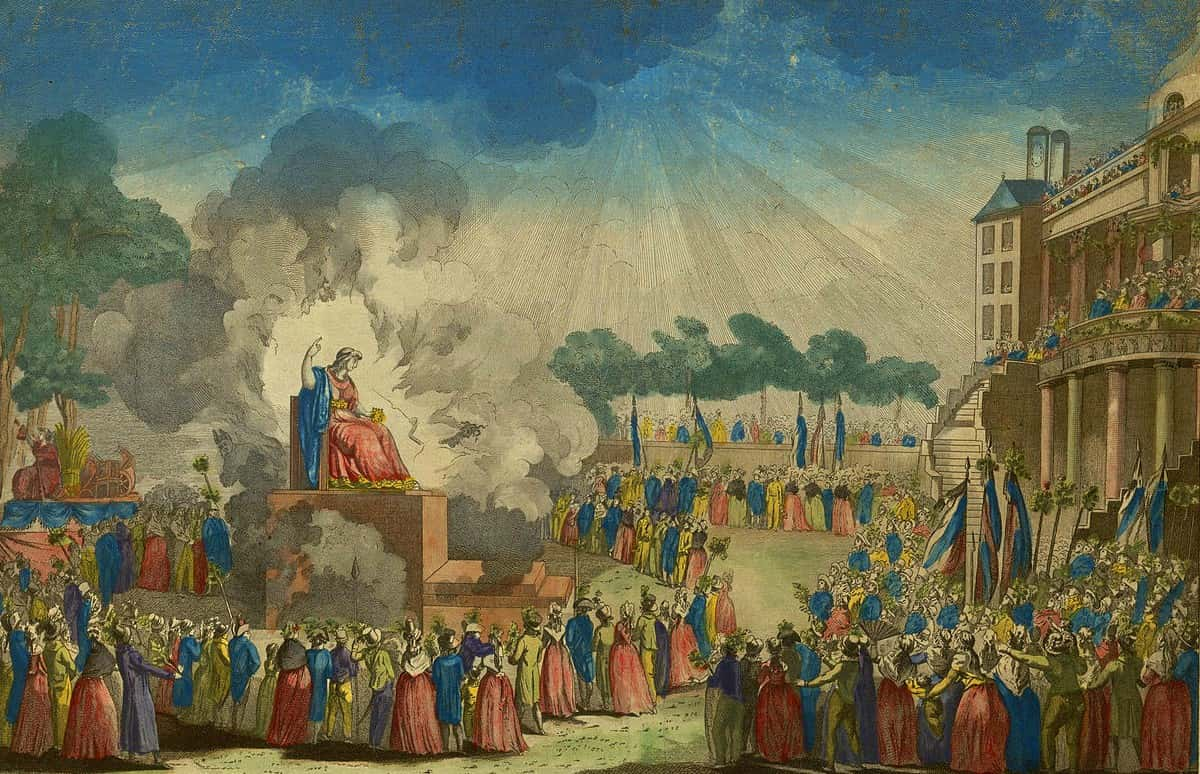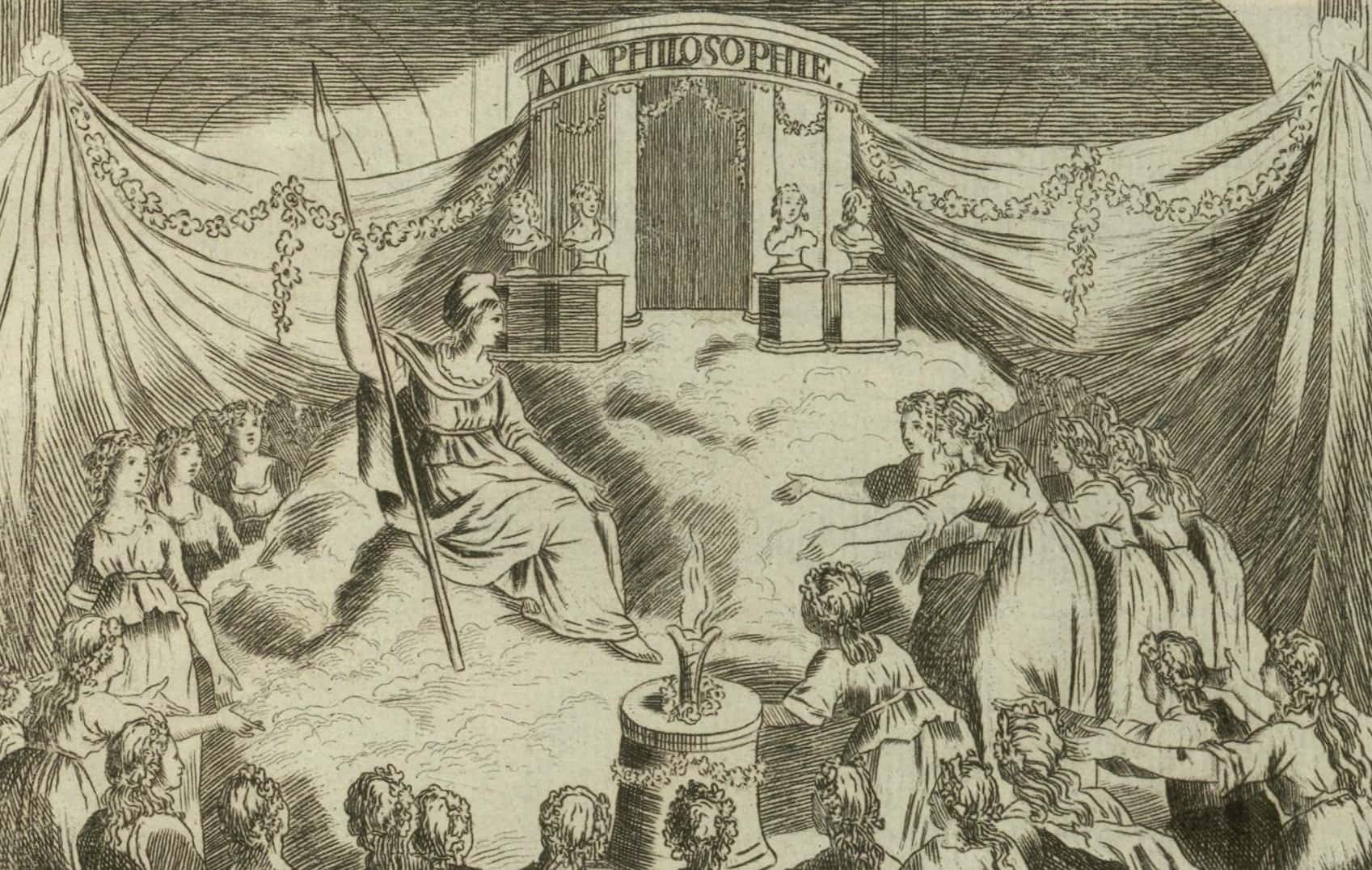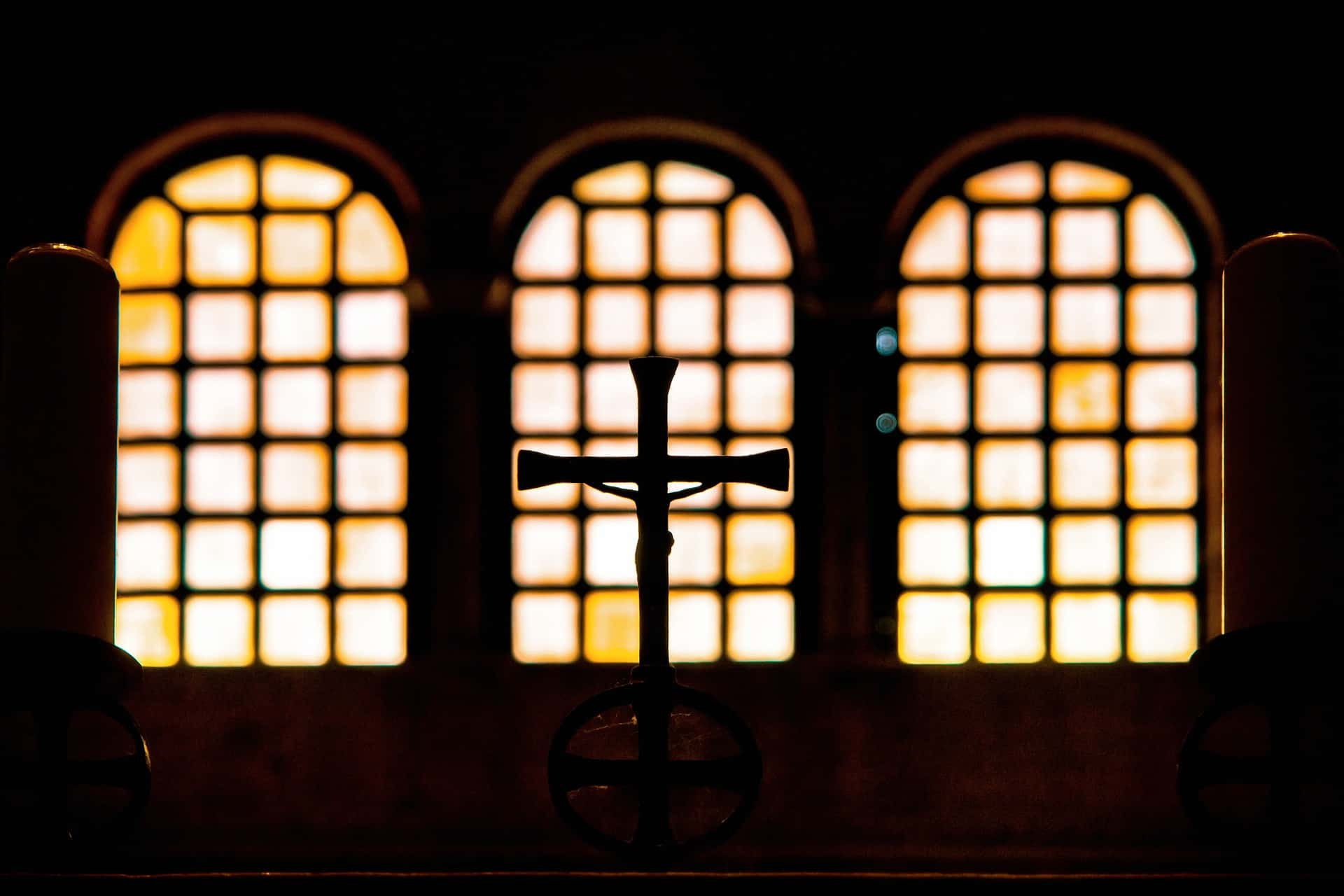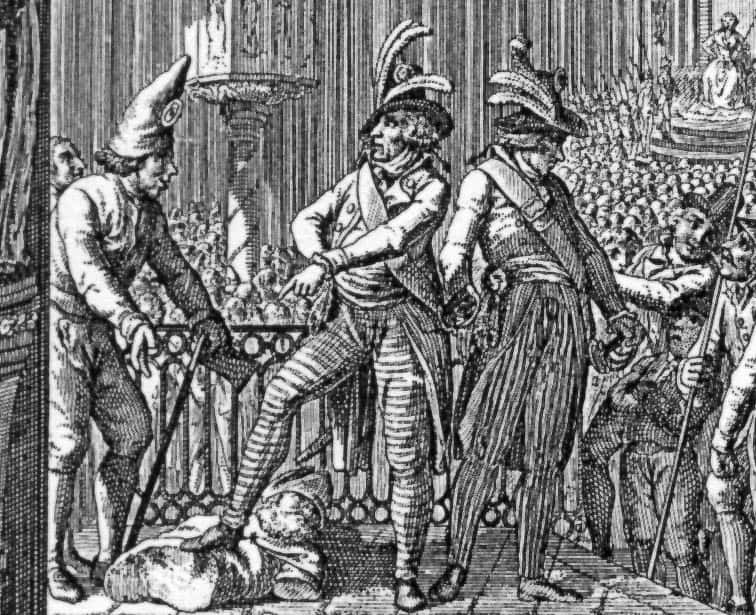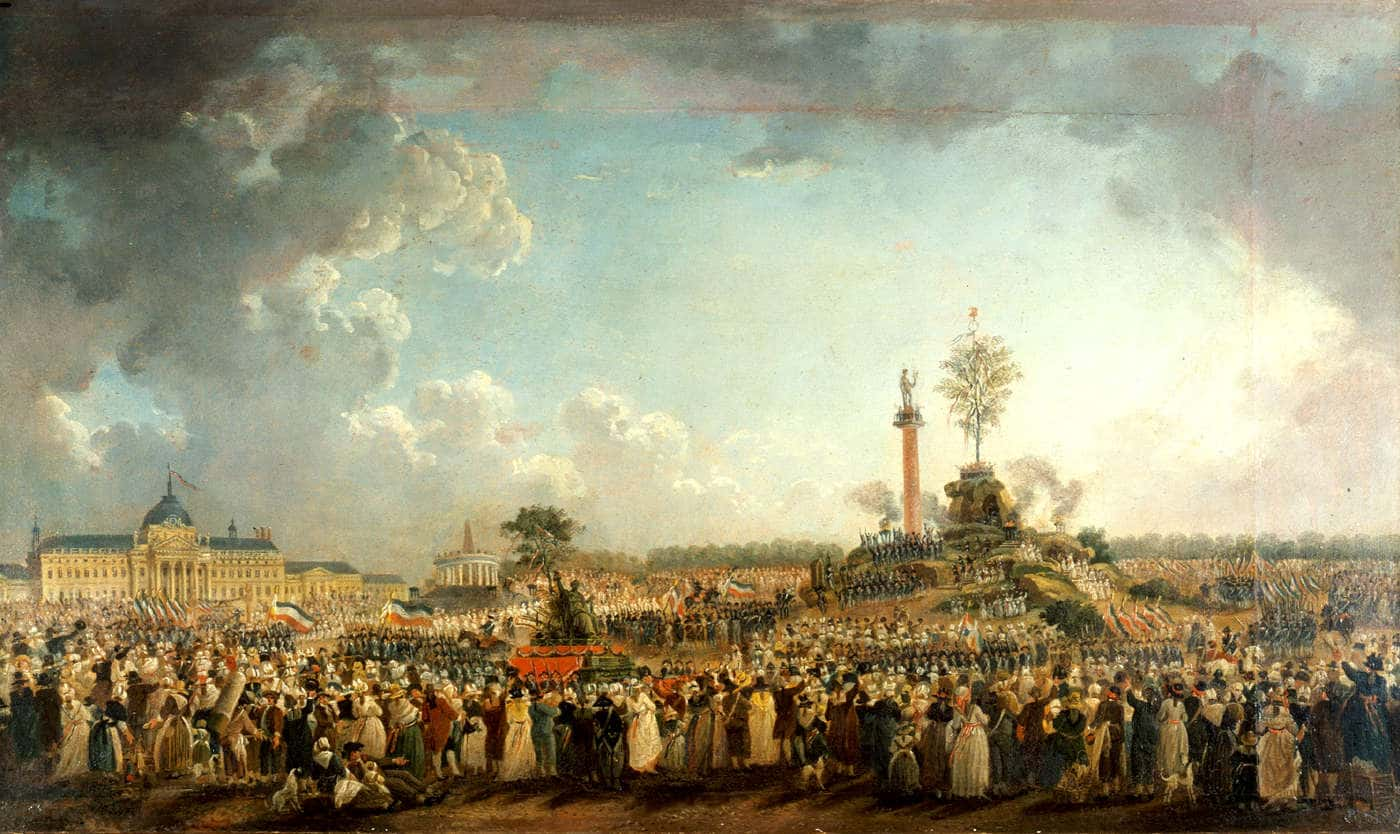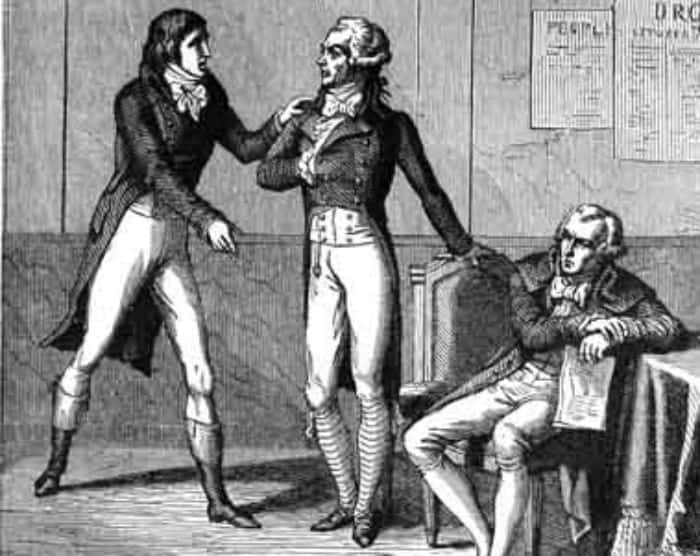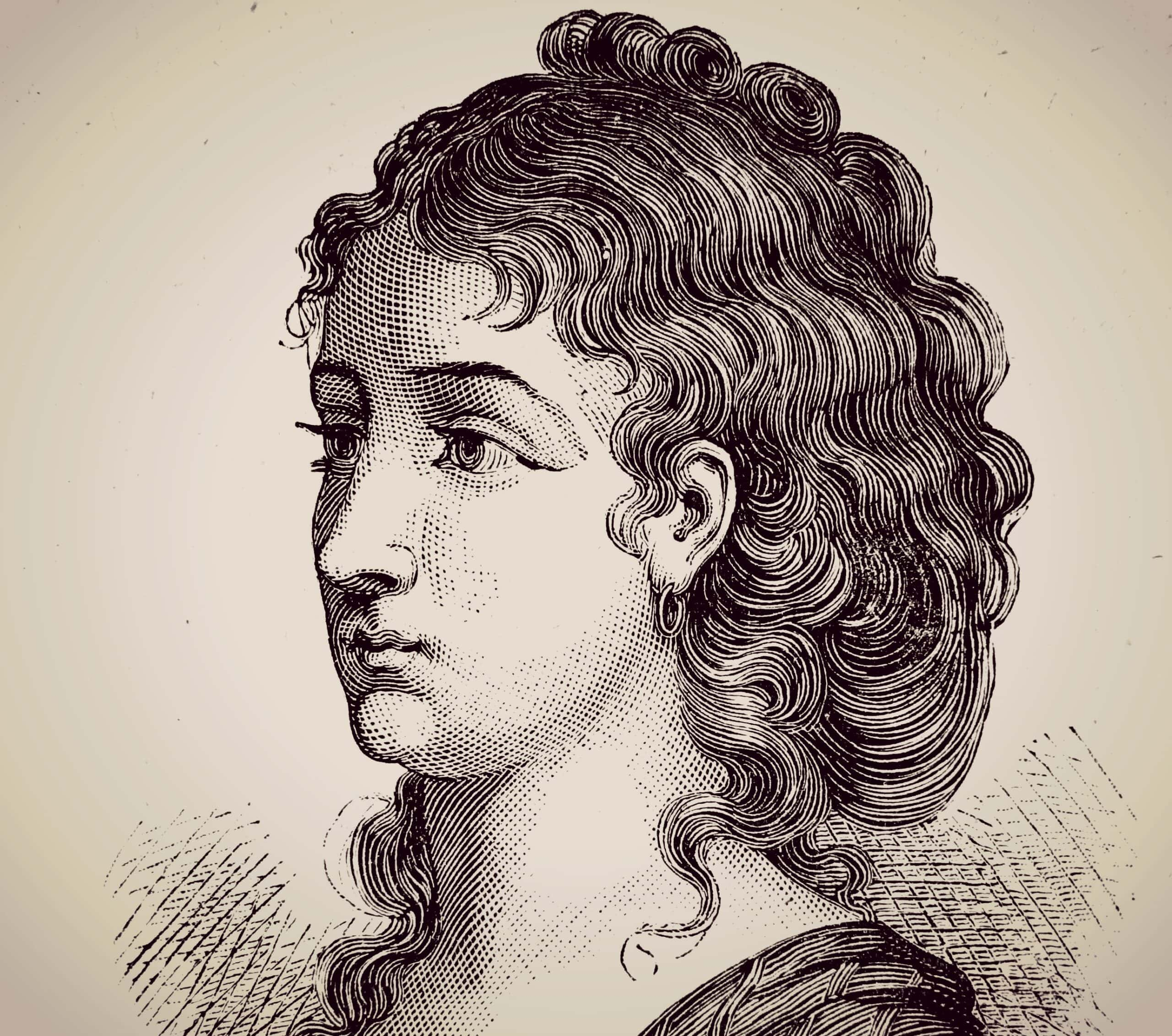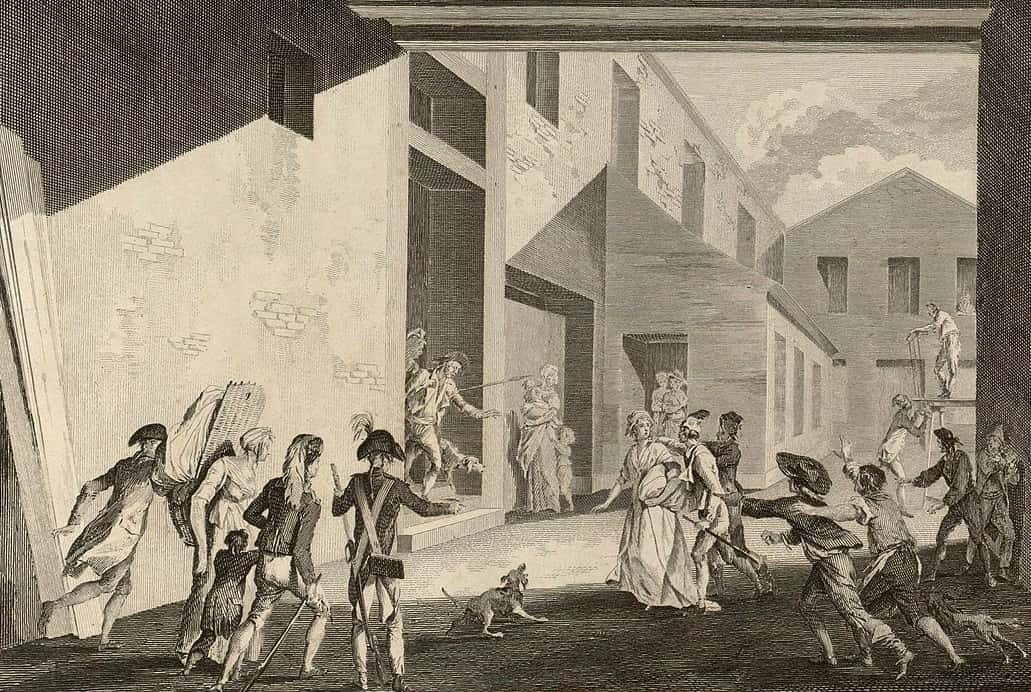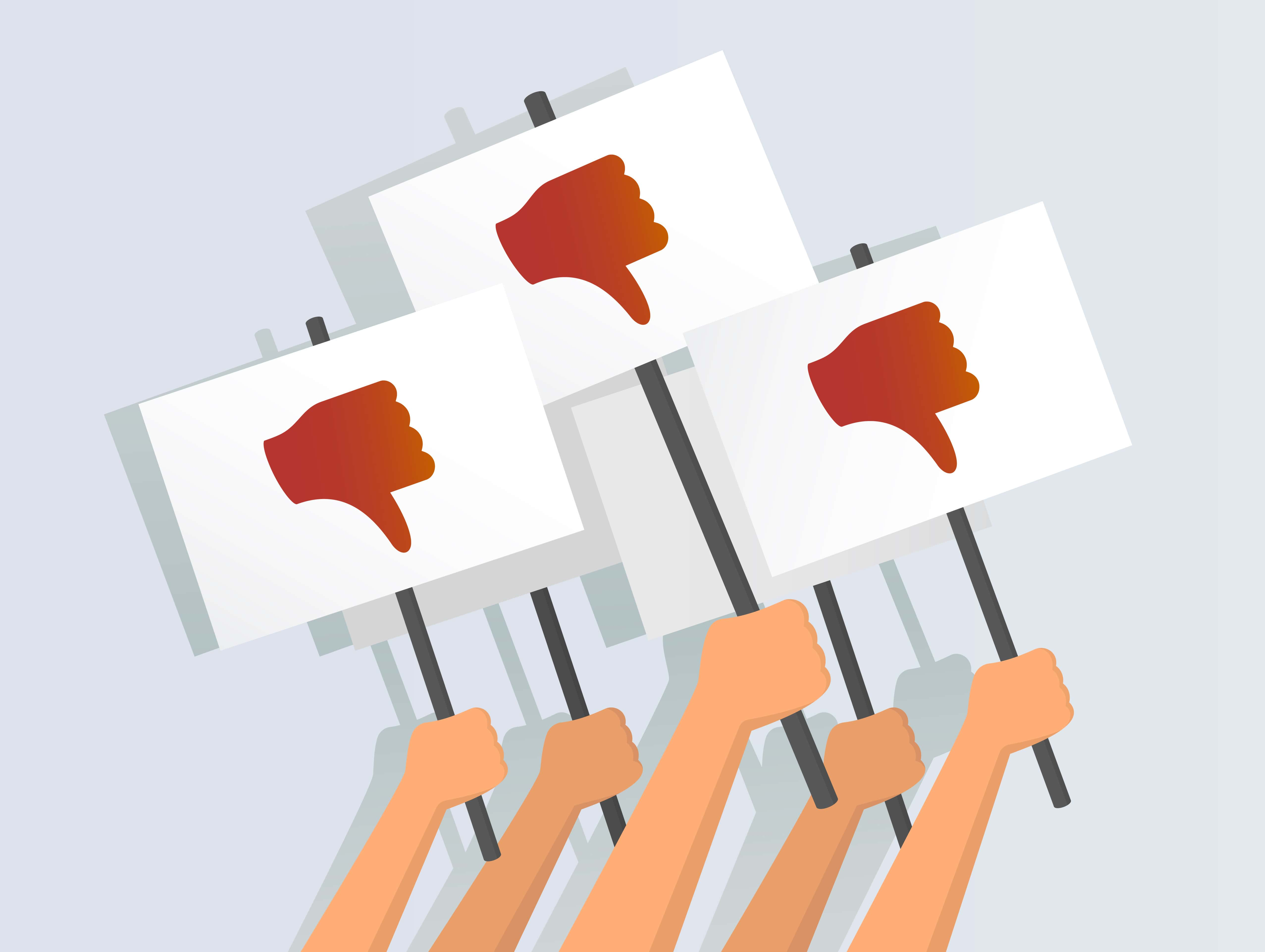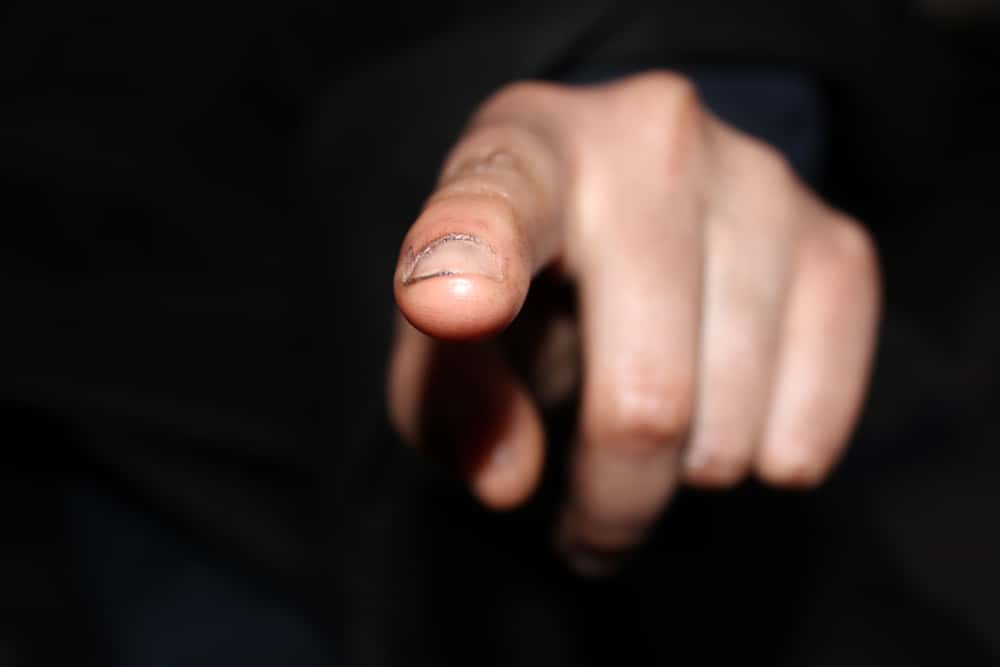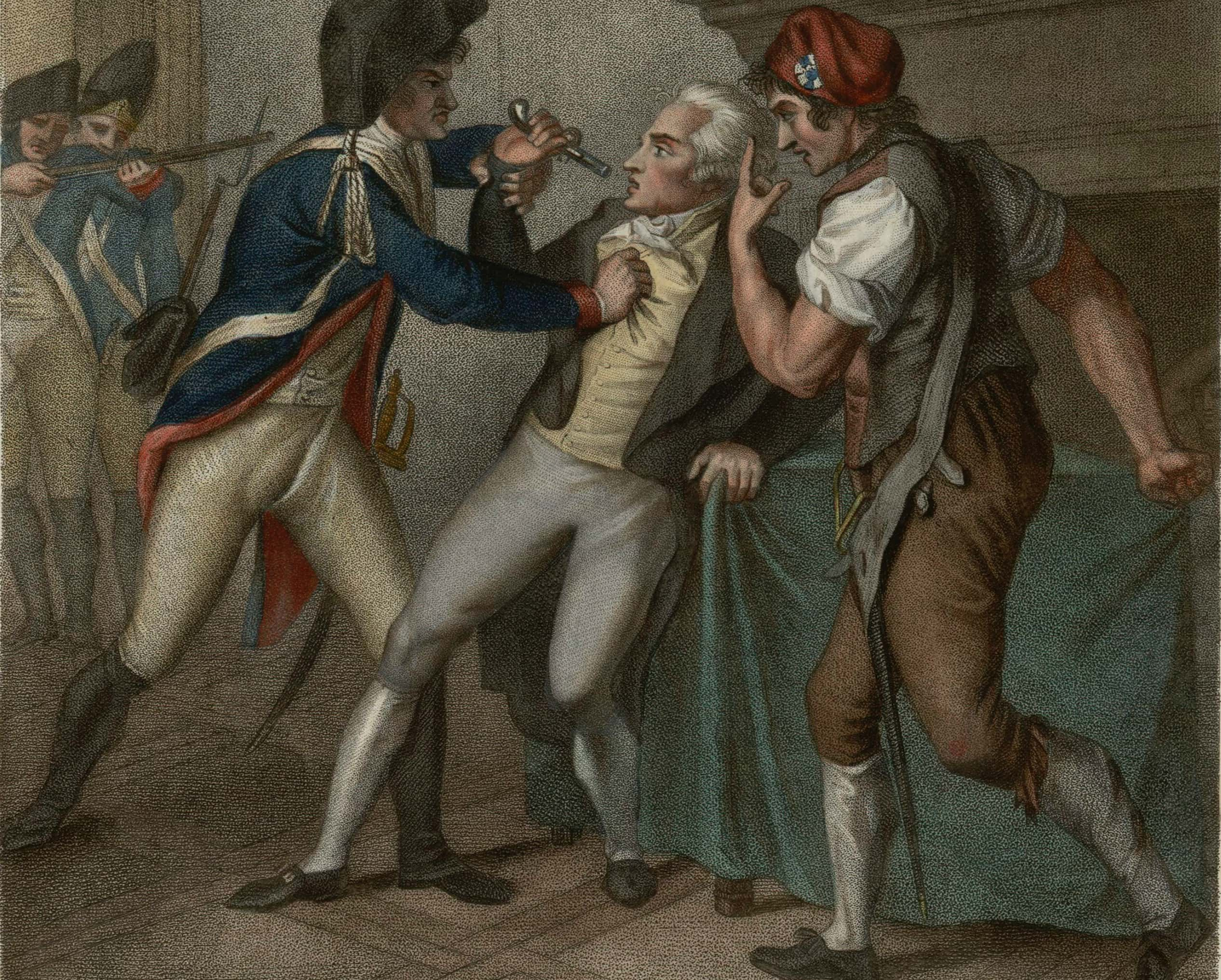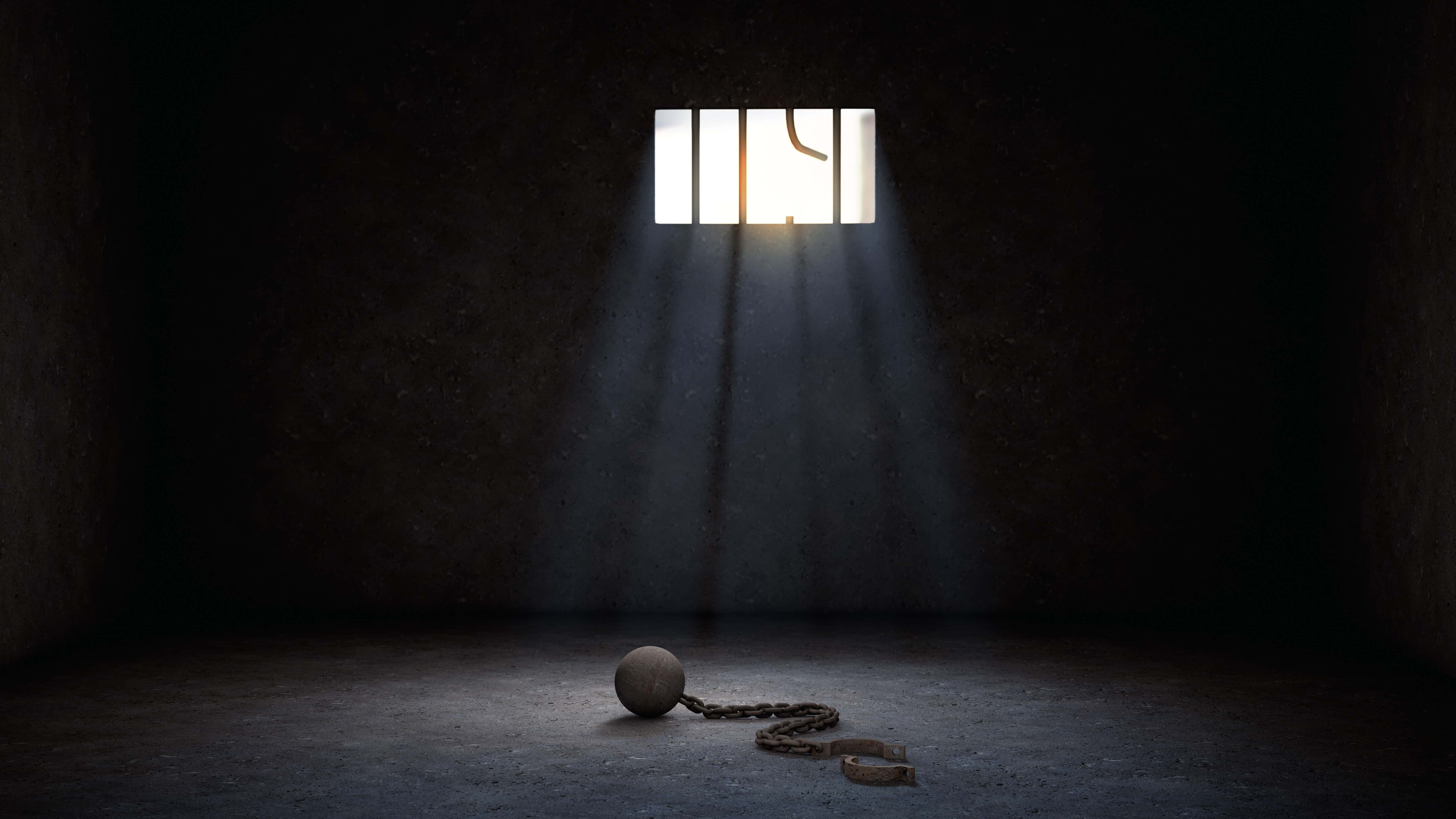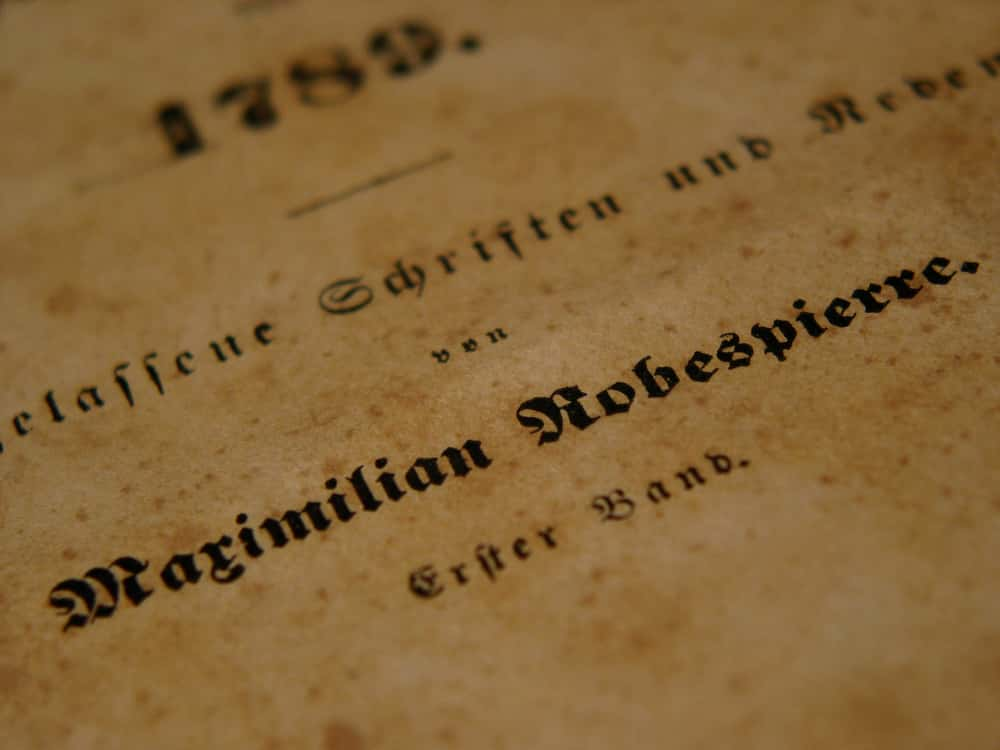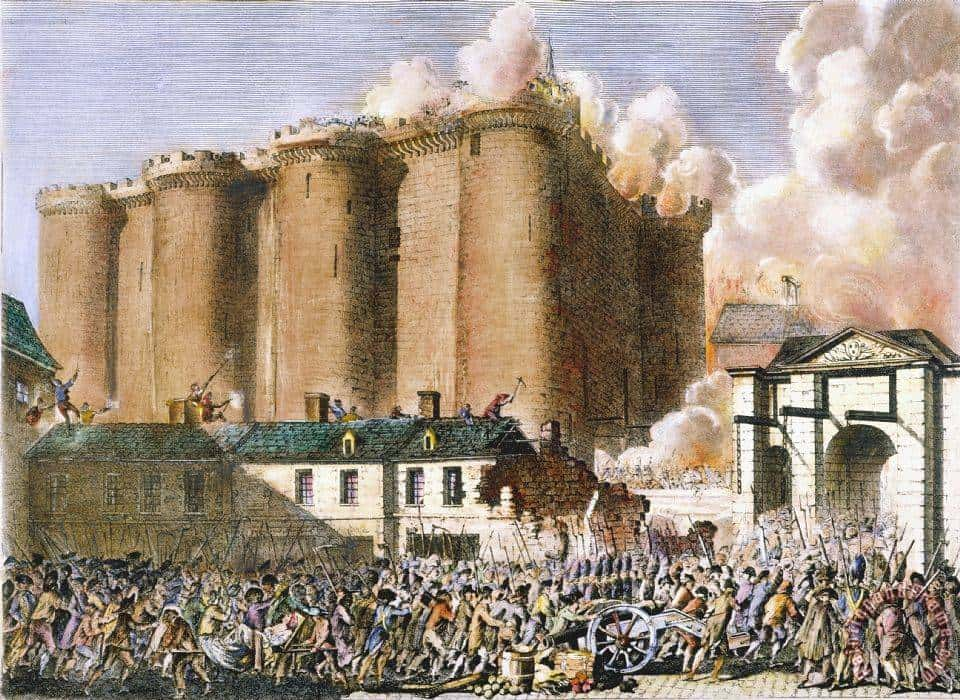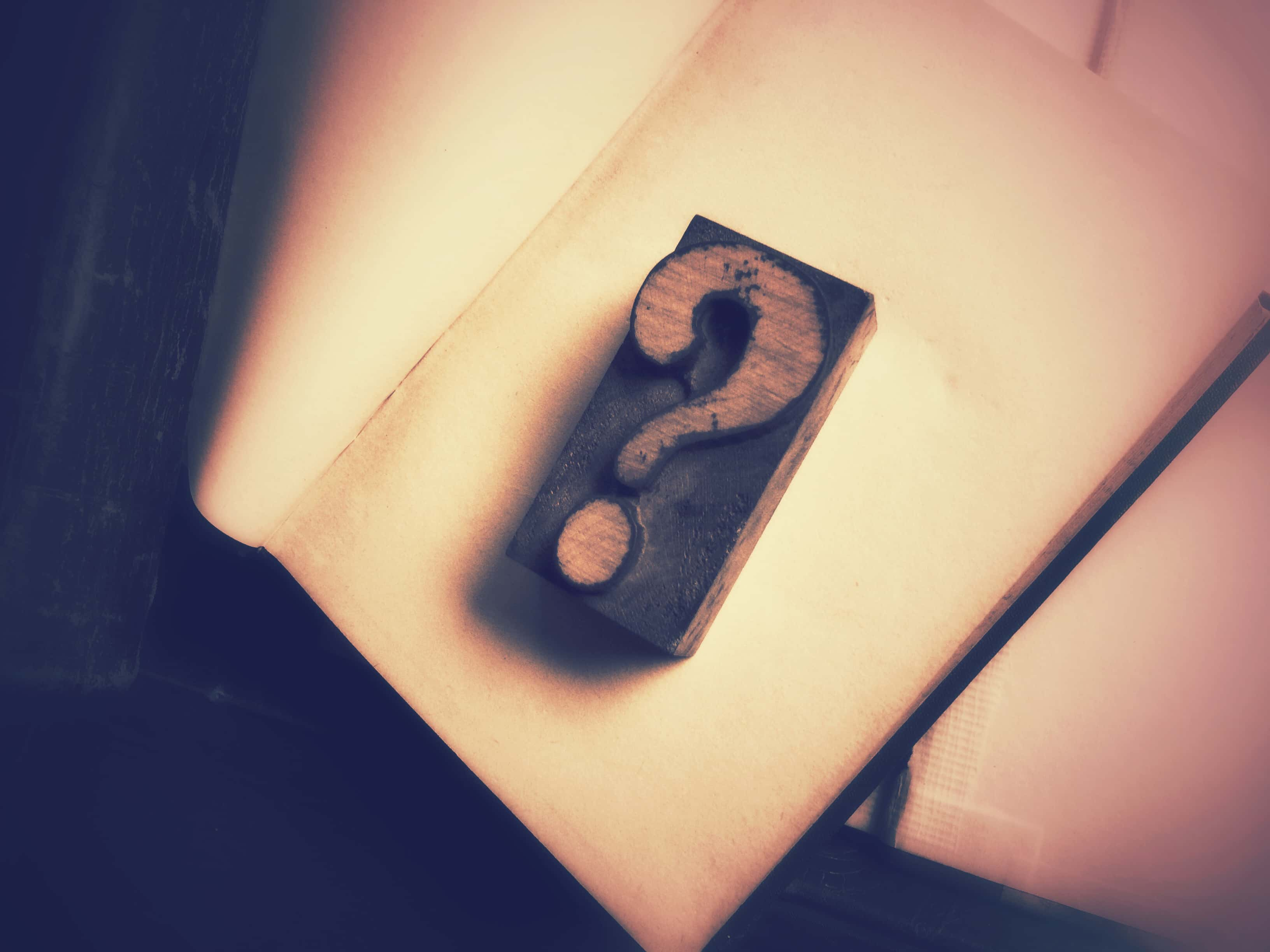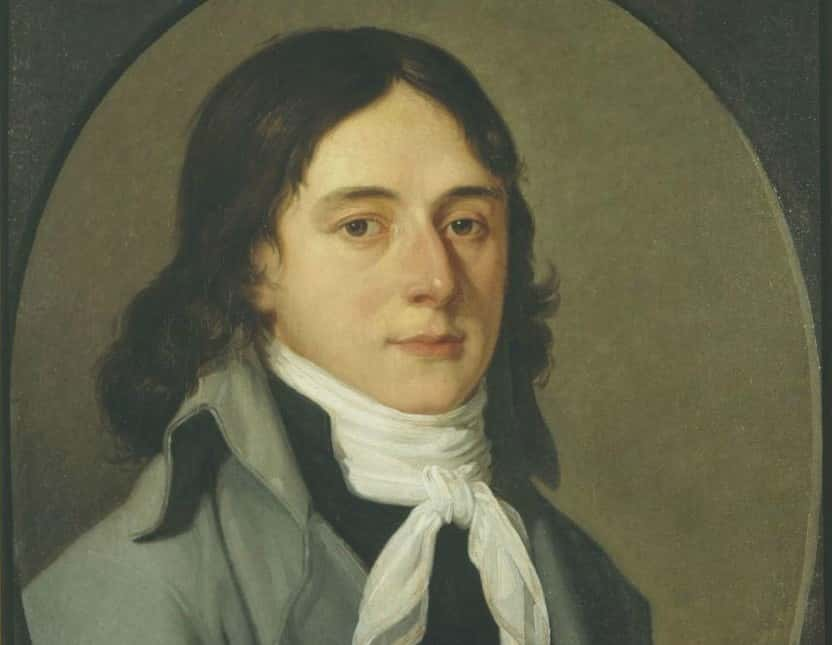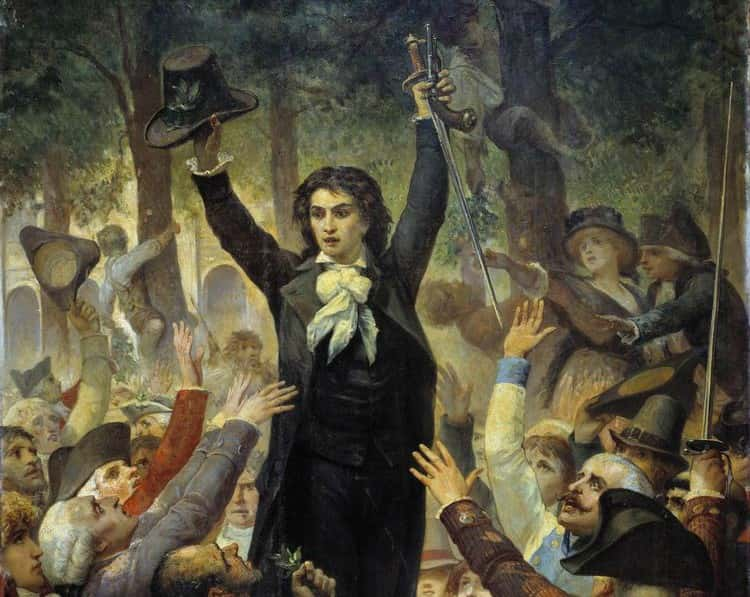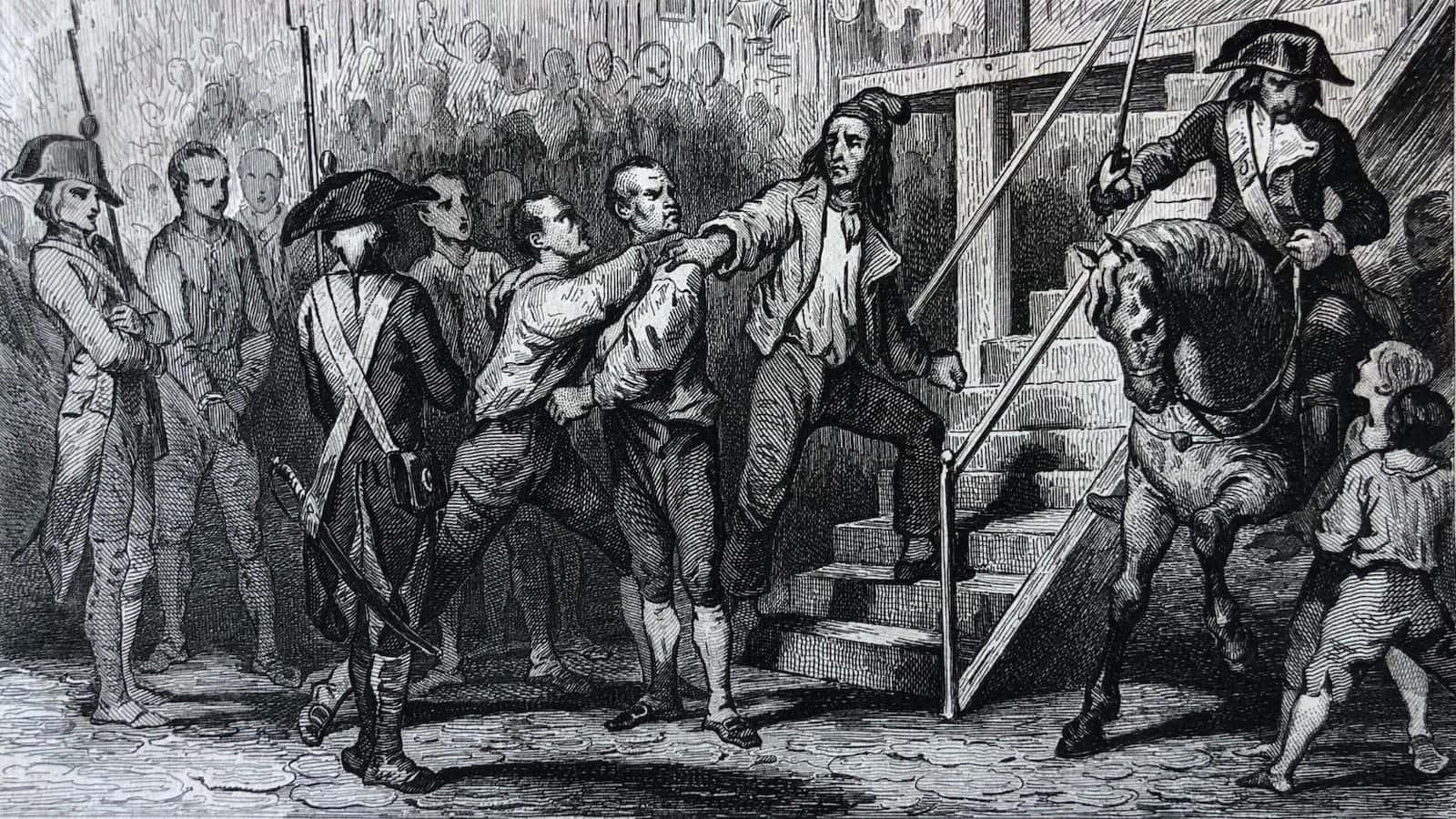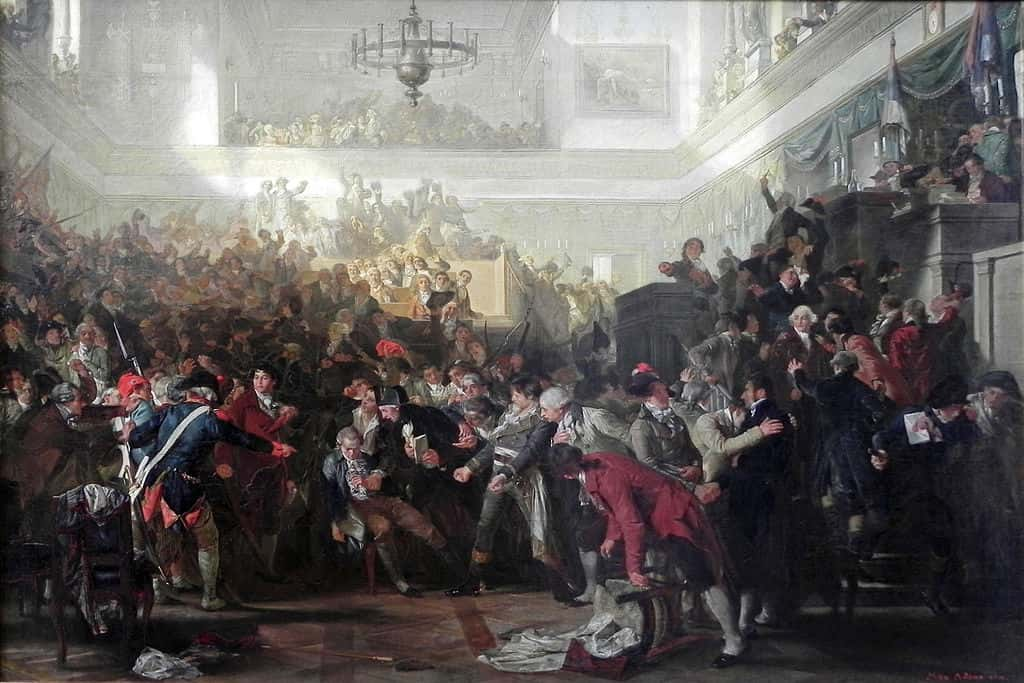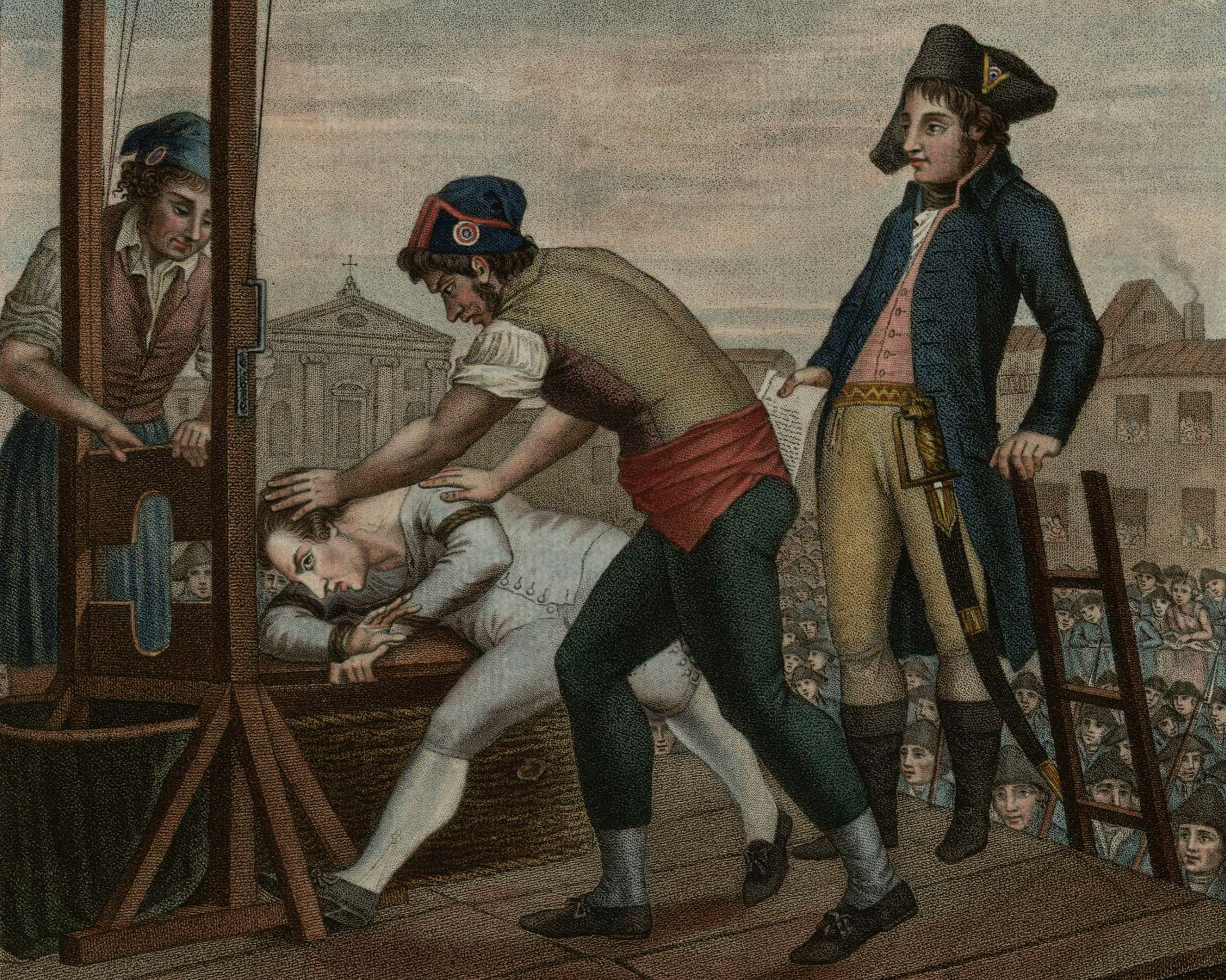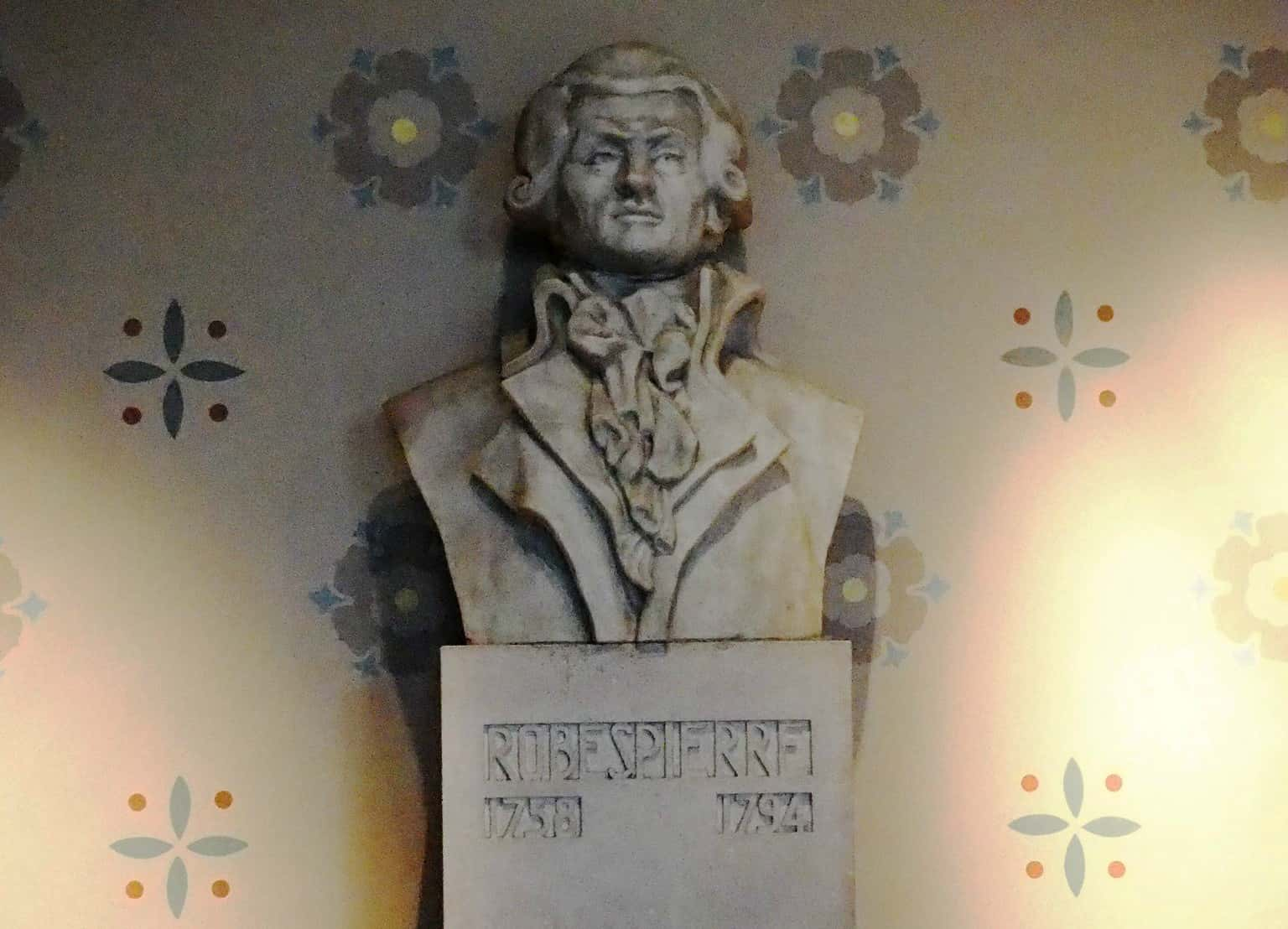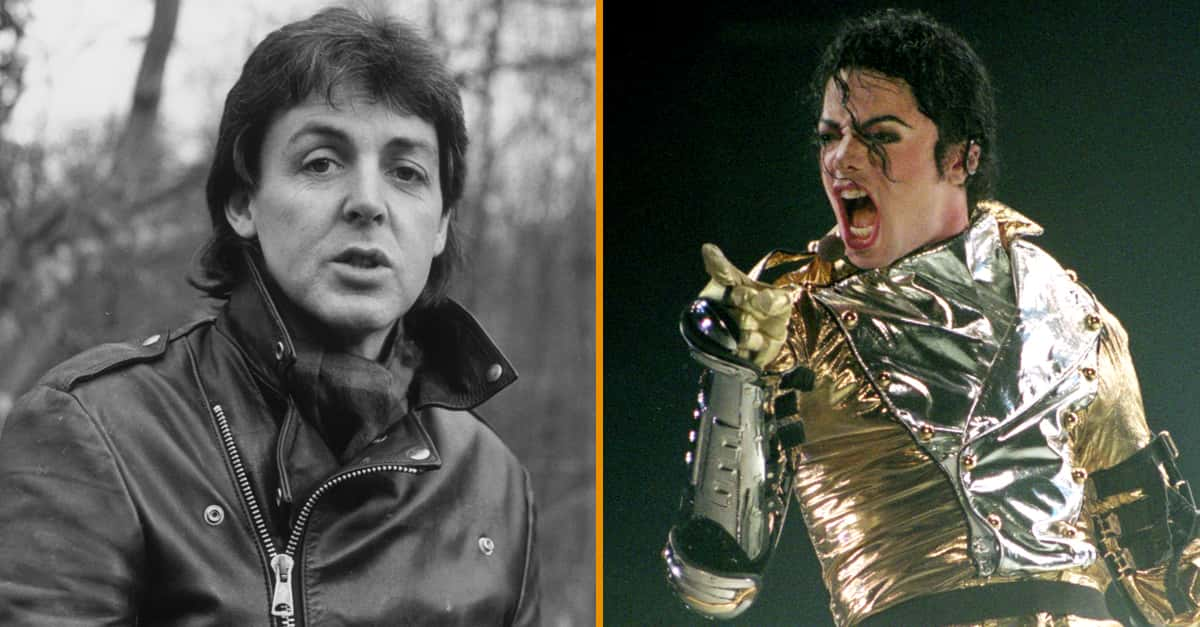Maximilien Robespierre will be forever remembered as the leader of the French Revolution. He coined the phrase "Liberté, égalité, fraternité," and orchestrated the Reign of Terror, including the execution of more than 17,000 souls. But there was more to this infamous aristocrat than met the eye. Was Robespierre a bad guy, a misunderstood good guy, or just a guy with spectacularly bad luck? Decide for yourself after delving into the dark history of Maximilien Robespierre, the Reaper of the Revolution.
1. Deadbeat Dad
Robespierre’s father came from a long line of lawyers, while his mother was from a family of brewers. Even though his oddly-matched parents were happy, tragedy would soon break this loving family apart: Robespierre’s mother died post-childbirth when he was six years old, and his father abandoned his children soon afterward, leaving them in the care of extended family members.
2. Living at Grandma’s House
After his dad left, Robespierre’s family was split up even more. His two sisters, Charlotte and Henriette, went to stay with their aunts, while Robespierre and his younger brother, Augustin, moved to be raised by their grandparents. Robespierre had to learn some brutally hard lessons from a young age—but they would prepare him for the chaos that was to come.
3. Two Brothers
Although Maximilien Robespierre and his brother were very different—as the oldest child, Robespierre was as buttoned-up as his youngest sibling Augustin was free-living—both brothers remained close for the rest of their lives. They were even executed on the same day, but that’s a story for later on...
4. Not a Team Player
If anyone was born to be a lawyer, it was Maximilien Robespierre. Even as a boy, he was a stickler for the rules. His sister Charlotte later wrote that, when they played together as children, little Max would only join in on their games to make sure that everyone else was behaving properly and playing fairly. It’s a solid bet that he was “accidentally forgotten” during more than one game of hide-and-seek.
5. Awarded for Good Behaviour
To the surprise of no one, Robespierre eventually went to law school, where he distinguished himself almost immediately. Upon his graduation, he received a prize for being a top student as well as a pretty decent guy. It seems good deeds do pay off: his special prize made him 600 livres richer. We can only imagine what his professors thought when they discovered the man who Robespierre would become...
6. Early Career
After being admitted to the bar, Maximilien Robespierre immediately began to build his legal practice in northern France. Following a brief appointment as a criminal court judge, he turned to focus on cases for the underprivileged classes. He witnessed the brutal hardships of France's lower classes—and they changed him forever.
7. An Oddball Case
As a hotshot young lawyer, Robespierre made a name for himself when he accepted a peculiar case: his client was a man who wanted to keep a lightning rod on top of his house. It seems simple, but the strange new device utterly scandalized the man's community. They demanded that he remove the rod, which they viewed as an instrument of the devil. You know how it is with the latest technology—for better or worse, everyone’s got an opinion.
8. Science on the Stand
In arguing for his client's right to keep his newfangled contraption, Robespierre demystified the lightning rod by explaining its history, with reference to Benjamin Franklin’s experiments in America, and its proper use. And if that wasn’t convincing enough, he also pointed out cases in which people were already using lightning to great effect elsewhere in France. But even after all that, he still had one huge ace up his sleeve...
9. You Shall Not Pass
In his winning court summary, Robespierre concluded his arguments by saying that Benjamin Franklin had used science to master nature, stating, “A man has appeared in our time, who has dared to arm men against fire from heaven, and who has said to lightning `You shall go no further.’” Lightning Rod = 1, The People = 0.
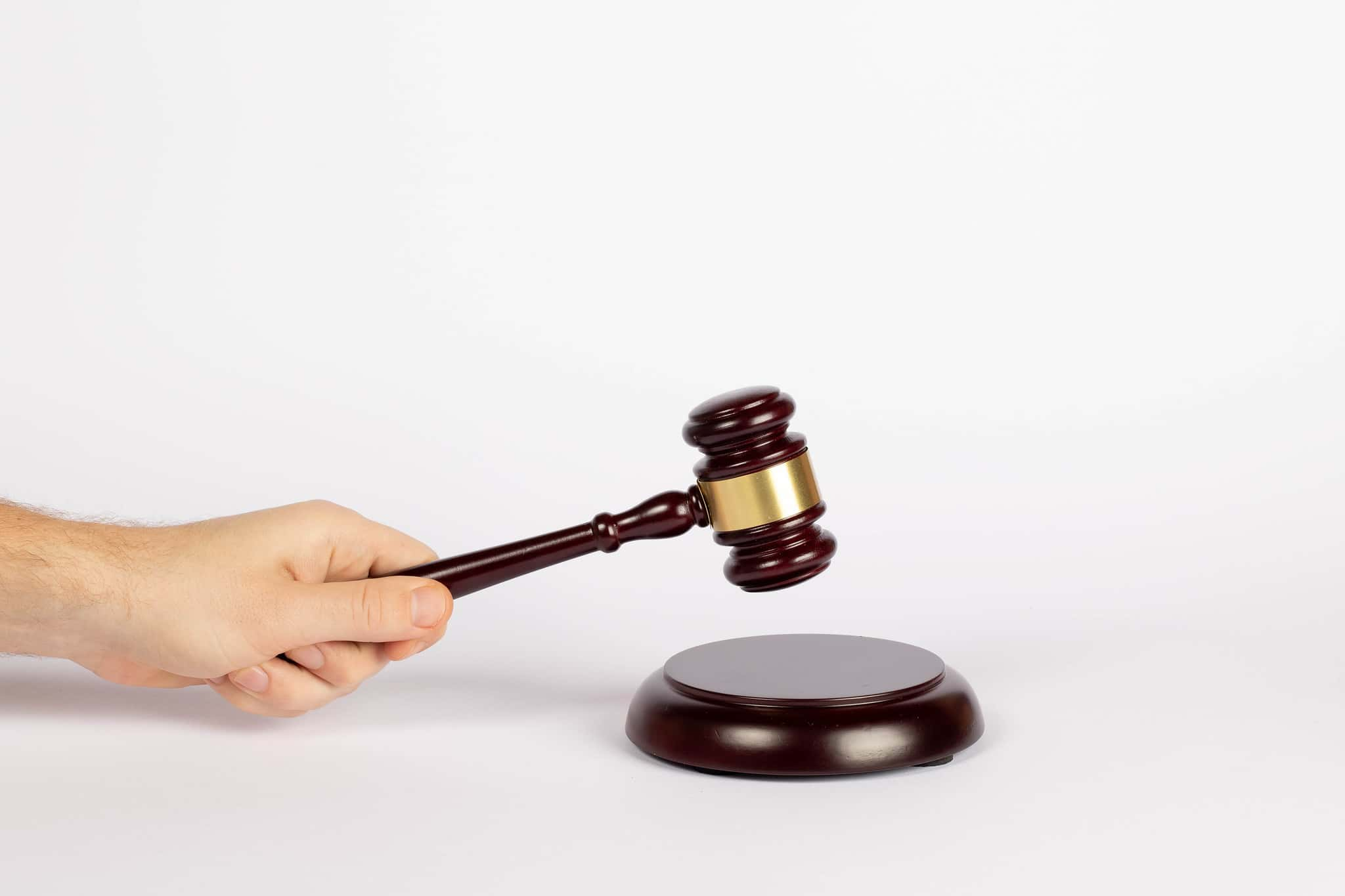 Flickr, Marco Verch
Flickr, Marco Verch

Sign up to our newsletter.
History’s most fascinating stories and darkest secrets, delivered to your inbox daily. Making distraction rewarding since 2017.
10. Ben Franklin’s Biggest Fanboy
If you’re thinking that this triumphant case was too good not to brag about, you’d be right. Following his success in court, Maximilien Robespierre didn’t lose the opportunity to send a copy of his lightning rod defense across the pond to Ben Franklin, along with a little fanboy note for Franklin himself.
11. Just a Big Admirer
In his letter, Robespierre told Franklin that he was happy to win the lightning rod case, but that he would be even happier if he could get Franklin’s approval on it, since Franklin was “a man whose least worth is that of being the most brilliant scholar in the universe.” Signed, Robespierre, with some winky kissy faces probably.
Like, Max, we all like Ben Franklin, but maybe you could chill...
12. Plain Jane Max
Maximilien Robespierre had a meteoric rise to fame, but you’d have never suspected that he was doing well from his shabby appearance. From the start, he made a practice of defending the poor and disenfranchised against the more privileged classes, and he looked the part of public defender. Notably very frugal, he always dressed simply and practically. Don’t let those fancy portraits of him fool you: the wigs were mandatory, not a wardrobe accessory.
13. Political Beginnings
In his late twenties, Robespierre transitioned from being a lawyer into a more political role. When he was just 30 years old, the people elected him to be a deputy to the Estates General, a general assembly in French legislature. It wasn't the fanciest position—but Robespierre was just getting started. Once he got a taste for the political arena, he never looked back—and France would tremble from the consequences.
14. Democracy for All
Scandal followed Robespierre almost everywhere he went. As a politician, he became famous for openly attacking the French monarchy, and for demanding political reform to a more democratic system. His peers mostly saw his consistently anti-authoritarian stance as too radical and too impractical. Nice try, young Robespierre, but democracy will never work here. What a weirdo...
15. A Hit with the Ladies
Although he never married, the ladies loved Robespierre. This is actually pretty strange, considering he wasn’t hot, wasn’t much fun at parties, and didn’t particularly care about women’s rights. For example, he was a big supporter of universal male suffrage, but female suffrage wasn’t on the table. In fact, his opponents were much more supportive of women’s rights than he was. Then again, there’s no accounting for taste.
16. Know Your Audience
Whatever the reason for this female attraction, Robespierre soon learned to work it for all it was worth. He began to direct many of his political speeches to women in the galleries, and would use feminine, maternal imagery to illustrate his points. And hoo boy, did this get results.
17. Robespierre-Mania
In response to Maximilien Robespierre’s speeches, the women in attendance would shout, “Courage, Robespierre!” to support him. When he threatened to leave the political club, they yelled back that they would follow him wherever he went next. Whenever Robespierre’s opponents would try to get a word in edgewise, women would make such a loud commotion that no one could hear what they were trying to say. The Beatles’ fans had nothing on these gals.
18. Hard to Argue with That
Historians consider Robespierre to be instrumental in the abolition of slavery in France, although he personally was not able to bring it about during his lifetime. Throughout his career, he held outspoken views against slavery, and supported several constitutions and decrees that would minimize the slave trade on French land. When a white colonist argued that granting political rights for Black people would create the downfall of the colonies, Robespierre responded by yelling back, “Death to the colonies!” Boom, mic drop.
19. Basic Philosophy Bro
Since he was a precocious reader, Robespierre began to develop his lifelong obsession with ancient Roman politics when still in high school. While reading many Roman philosophers, he also read up on the hot new celebrities of the Enlightenment, like Jean-Jacques Rousseau. It was these studies where Robespierre learned how to play politics—and how to be utterly ruthless.
20. Early Adapter
Rousseau’s writings would become the central influence and inspiration in Robespierre’s life—much of his later policy-making (and cult-founding!) would be based on Rousseau’s work. If you are starting to think that Robespierre was a man who found his passions early and never stopped fixating on them, you’re right: the man knew what he liked and stuck to it.
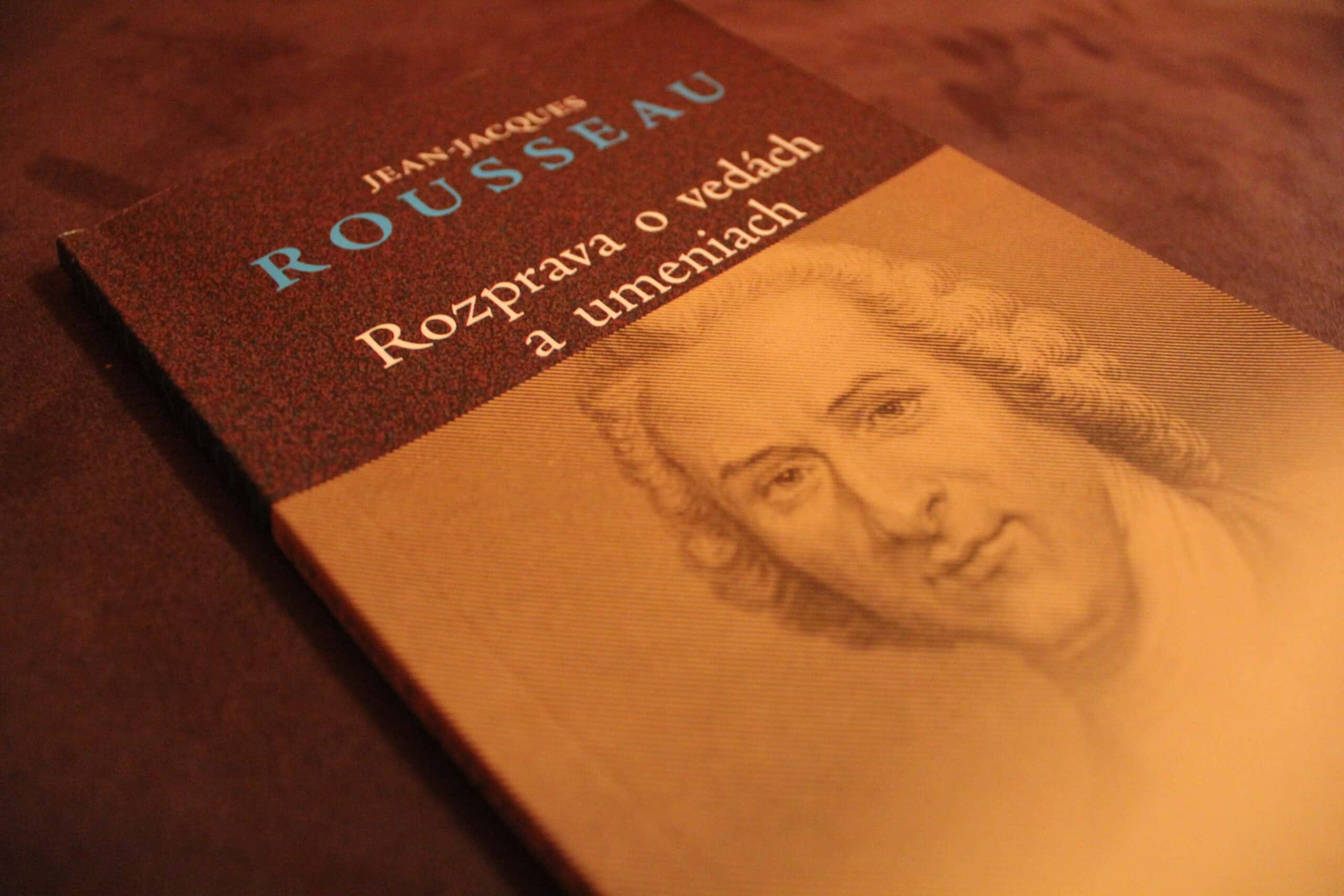 Wikimedia Commons, Lukáš Perný
Wikimedia Commons, Lukáš Perný
21. No One Gets Me
Just when you think that Robespierre couldn’t have been more of a moody boy, it gets worse. Part of what drew Robespierre to Rousseau’s writing was the concept of the solitary man, the “virtuous self,” who maintains his own moral standards through sheer willpower and self-control. You can see where this is going…
22. Fateful Wish
Surprise, surprise—the idea of a solitary “virtuous self” also heavily informed Maximilien Robespierre’s eventual career. It’s a tale as old as teenage angst: the dude aspired to become a tragic hero pitted against a cruel and uncaring world. It’s fair to say he eventually got his wish. Kinda...
23. To Execute or Not To Execute?
In one of the most hypocritical opinions in history, Robespierre was actually against capital punishment. Throughout his early career as a lawyer and then political leader, he took a strong stance against the death penalty. But at the same time, he advocated that the King of France be killed, and was responsible for the deaths of many thousands more people!
Yes, that is a problem, but Robespierre justified it by saying that the death penalty for ordinary, run-of-the-mill criminals was not the same as ordering the execution of the king. Umm, k?
24. It Made Sense at the Time
Not convinced? In a speech, Robespierre justified his rationale by talking about the conflict in terms of public safety and harm. He reasoned that ordinary old criminals can’t hurt society as a whole, since “society may always protect itself by other means, making those culpable powerless to harm it.” So killing a criminal as punishment is unnecessarily cruel. Still with me?
25. The King’s Gotta Go
In contrast to your friendly neighborhood criminal, Maximilien Robespierre felt that someone like a king could do much more harm to society. Since a king is both a man and a symbol, what he can stand for could become much more powerful—regardless of whether he is ruling or dethroned and sitting in some jail somewhere. As such, Robespierre came to a grim conclusion: “Louis must die so that the nation may live.”
26. It’s Lonely at the Top
Remember how Robespierre was all about the “virtuous self,” the lone man standing against the world, armed only with his standards of morality? It turns out that setting yourself as the voice of reason in a corrupt world is a great way to become paranoid, and Robespierre was no exception to this. In fact, it eventually drove him completely mad.
Before long, Mr. Formerly-Opposed-to-Death-Penalty was advocating for the guillotine on anyone and everyone who might be an enemy of the French people.
27. That Kool-Aid Though
Most people know that Robespierre loved beheading people, but how many of you knew about his bizarre cult called the Cult of the Supreme Being. No, it wasn’t inspired by The Hitchhiker’s Guide to the Galaxy. It was a quasi-church replacement, since the French Revolution heavily suppressed Catholicism.
28. Tale of Two Cults
The Cult of the Supreme Being was Maximilien Robespierre’s response to the Cult of Reason, which was an atheistic religion that combined some rituals of conventional worship with Enlightenment philosophy. Needless to say, the Cult of Reason never really took off, since no one understood what it was about. But Robespierre, in particular, absolutely hated it.
29. This Seems Familiar
While Maximilien Robespierre rejected the Catholic Church along with the other leaders of the French Revolution, he also didn’t buy into atheism. So what do you do when you want to encourage devotion, but you don’t want all of the institutional baggage of the Catholic Church? You re-brand, baby.
30. New, Improved Religion
The Cult of the Supreme Being was Robespierre’s effort to make French people more spiritual again. He frequently liked to quote Voltaire’s statement that “If God did not exist, it would be necessary to invent him.” As a result, he created the Cult of the Supreme Being as the official state religion, and he instated himself as its leader. It all began with the best intentions, but things were starting to take a dark turn...
31. The Dark Side of the Cult
The rivalry between the Cult of Reason and the Cult of the Supreme Being wasn’t all fun and games. Using his new cult as a platform, Robespierre denounced and ordered the executions of the atheistic Cult of Reason leaders. After having squashed the religious competition, Robespierre was able to consolidate his political influence by using the oldest trick in the book: combining church and state leadership to attain what would be the height of his power.
32. Biggest Holiday Since Christmas
To spread brand awareness for his new cult, Maximilien Robespierre created the Festival of the Supreme Being. He made it a national celebration and wanted the festival to become an annual holiday. While he expected communities throughout France to participate by throwing their own parties, the main event took place in Paris. And Robespierre dressed up for the occasion: eyewitnesses observed him leading the procession, wearing a fancy outfit complete with a feathered hat and elevated, silver-buckled shoes, and holding a bundle of fruit and flowers.
This was clearly a different man than the humble servant of the people he had once been—but the worst was yet to come.
33. The Beginning of the End
While the Festival of the Supreme Being marked Robespierre’s first public appearance after becoming leader and president of the National Convention, his opponents saw this as the next phase in his plan to become France’s dictator and they began working to convince his supporters of this idea.
34. Just a Social Call
What do you keep in your purse? On the day that 20-year-old royalist Cécile Renault tried to visit Robespierre, her list included two penknives and an extra outfit. When Robespierre’s guards searched her, they found her knives and arrested her on the spot. Robespierre assumed that she was an assassin trying to kill him; Renault responded that she had only come a-calling to see "what a tyrant looks like.”
35. Guilty by Association
If there was one thing Maximilien Robespierre liked, it was making an example of people. He sentenced Renault, along with her whole family, to death. But some people weren’t convinced by this display of no-tolerance: another radical politician Xavier Audouin said that Robespierre was trying to “make himself interesting by recounting the dangers that threatened him.” What a drama queen.
36. Fall From Favor
As more and more of Robespierre’s supporters began to think that the Reign of Terror wasn’t such a good idea anymore and that maybe Robespierre had too much power after all, they started to encourage the end of the terror. People began to agree that Robespierre was a “ridiculous dictator,” that he had become the very thing he had previously tried to abolish. But they didn't know the half of it...
37. Temper Tantrum
If anyone asked, Robespierre would complain that he was being blamed for everything and that everyone was against him. To be fair, that was becoming increasingly true. After one confrontation in a political committee meeting, Robespierre yelled back at his opponent, “Then save the country without me!” and stormed out, slamming the door behind him. Which probably didn’t help him win more friends.
38. Arrest
Empowered by the public’s growing distrust of Maximilien Robespierre, one of his long-time opponents ordered his arrest. On July 27, 1794, authorities rounded up Robespierre and his closest supporters and took them to prison to await their sentence. Among the captives was Robespierre’s hard-partying younger brother, Augustin. In a remarkable show of loyalty, Augustin felt that he should share in any fate that was coming to his brother.
If he'd know what was actually coming, however, maybe he would have changed his mind...
39. Prison Break
Historians continue to debate how Robespierre got out of prison. Some say that he escaped, or that a jailer helped him, or that they temporarily released him on a legal loophole. Still, almost as soon as he got out, Robespierre found himself on the run and trying to evade re-capture. With very few places to go, he sought refuge for the night at the Paris City Hall. But it was no use—whether he liked it or not, his dark fate was upon him.
40. One Last Plan
While hiding out in City Hall, Robespierre and his supporters frantically tried to plan an insurrection. Unfortunately for Robespierre, his luck had already run out. Instead of staging a successful comeback, the government declared Robespierre and his small gang outlaws of the state.
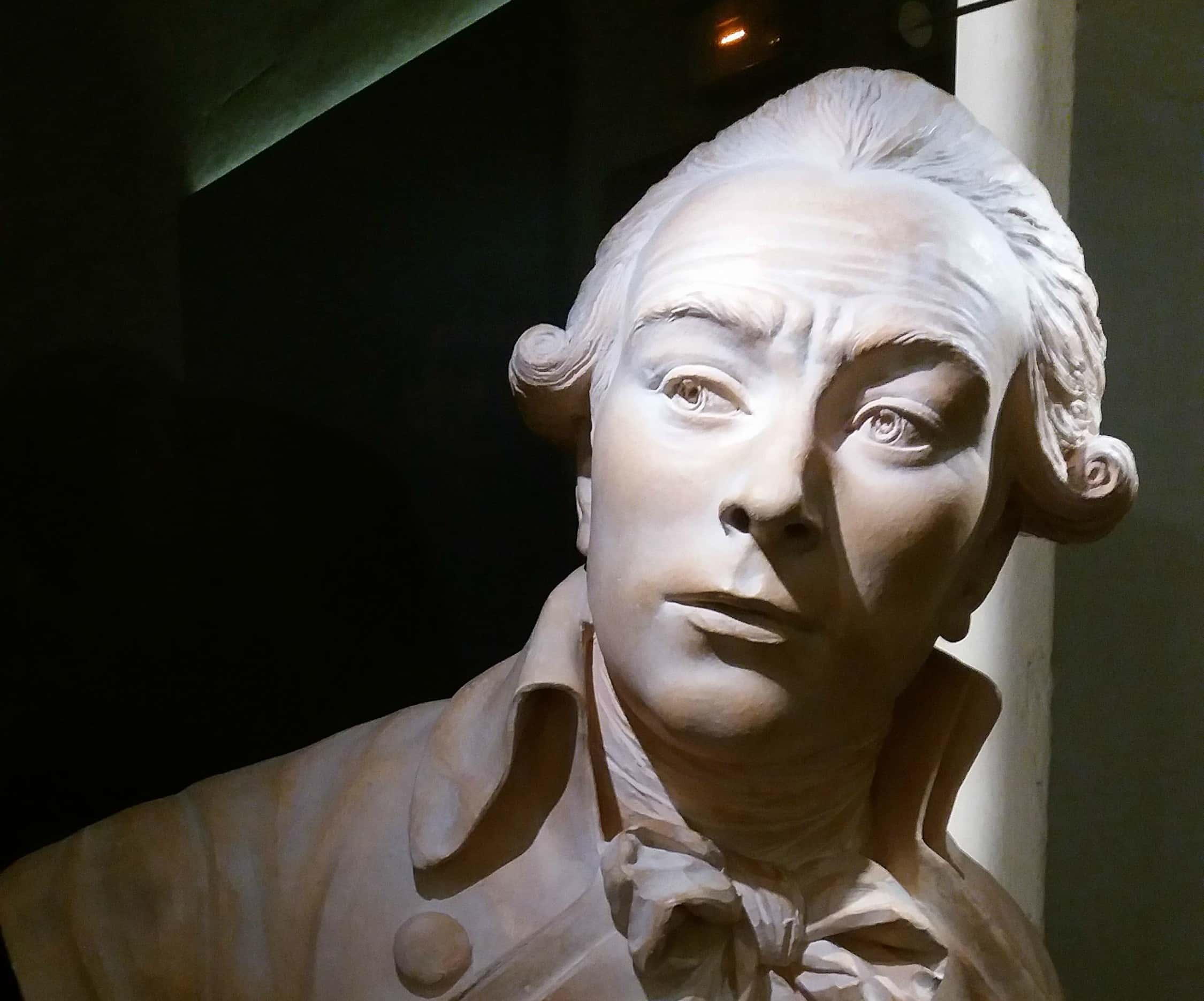 Wikimedia Commons, Romainbehar
Wikimedia Commons, Romainbehar
41. Not a Glowing Eulogy
If you thought that Maximilien Robespierre’s story would end once he was off the scene, you’d be very wrong. Immediately following Robespierre’s death, the Revolutionary Tribunal was suspended, and all of Robespierre’s possessions were taken into custody. Critics cast everything that Robespierre had ever done in a negative light, and they called him everything from “monster” to a "bigot monomaniac" to a "mystic assassin.”
In his case, everyone was willing to speak ill of the dead.
42. He Acted Alone
In creating Robespierre’s legacy to serve the new political agenda, Robespierre’s successors went further still. They proclaimed that Robespierre was solely responsible for the French Revolution and the Reign of Terror, since he was its only mastermind and executor. That’s right, folks: it was all him. No one else
43. More Than One Side to Every Story
As a result of this revisionist legacy, Robespierre’s work and life continue to be a source of debate. Since the winners write history, and Robespierre definitely lost, historians and theorists still puzzle out how much of the terror Robespierre was responsible for enacting, and how much he was a scapegoat for after the fact.
44. No Questions, Please
Near the end, no one was safe from Maximilien Robespierre's wrath, not even his closest friends—so it wasn’t going to end well when his oldest friend, journalist Camille Desmoulins, started openly questioning his methods. Robespierre and Desmoulins had attended high school together, and developed many of the same anti-royalist, pro-democracy beliefs. So far so good, right? Unfortunately, their friendship would eventually come to a disturbing end.
45. Retaliation
When the Reign of Terror began, Desmoulins started to think that things were getting out of hand. He started a newspaper to criticize how the French Revolution had moved away from its original intentions of bettering people’s lives. When 200,000 French people sat in prison as suspected enemies of the state, Desmoulins demanded their release. Robespierre retaliated by trying to burn Desmoulins’s writings—but he didn't stop there.
46. How To Lose a Best Friend 101
Unable to take some constructive criticism from his best friend (did I mention that Robespierre had also been best man at Desmoulins’s wedding and was godfather to Desmoulins’s son?), Robespierre warned Desmoulins to cease and desist. No can do, said Desmoulins, and he continued to publicly denounce Robespierre’s extreme methods. Eventually one of Robespierre’s supporters claimed that Desmoulins was an enemy of France—and that was all it took.
Soon after, the Revolutionary Tribunal executed Desmoulins and his wife by guillotine. Robespierre easily could have intervened, but he was too far gone. He sat and did nothing as his closest friend lost his head.
47. Bad Shot
When Maximilien Robespierre heard that the Revolutionary Tribunal had declared him an outlaw, his reaction was utterly chilling. He tried to kill himself, but the attempt was a gruesome failure. Instead of dying, he accidentally shot himself in the jaw, suffering a horrific wound.
48. Recapture
Not long after his failed attempt on his own life, authorities recaptured Robespierre and his followers. The Revolutionary Tribunal immediately sentenced them to death. If you think that you might have blinked and missed something, just remember that the French Revolution didn’t like to waste time on due process.
49. Execution
Maximilien Robespierre was an utterly gruesome sight in his final moments. All the way up to the scaffold, he wore a giant face bandage that held together his wounded jaw. When the headsman removed the bandage to clear Robespierre's neck, he yelled out in pain; otherwise, he didn’t say anything. He simply closed his eyes. Once his head hit the floor, the observing crowd applauded and cheered.
50. Buried with the People
In a final ironic twist, authorities buried Robespierre's body in a common grave with many other victims of the Reign of Terror. In death, he had once again become a man of the people.

